In the 2000s, a walk through Brighton Beach, Brooklyn, was a full immersion into the world of the Russian-speaking diaspora. The neighborhood, long nicknamed “Little Odessa” after the Ukrainian port city on the Black Sea, was the undisputed cultural and commercial center for immigrants from across the former Soviet Union. The primary language heard on the streets, in the shops, and on the boardwalk was Russian, and the entire neighborhood was tailored to this community.
The main artery of life was Brighton Beach Avenue, a bustling street running directly beneath the elevated tracks of the B and Q subway lines. The storefronts were a sea of Cyrillic lettering. Shops known as gastronoms were packed with imported foods, their refrigerated cases filled with dozens of varieties of smoked fish, sausages, cheeses, and containers of red and black caviar. Bakeries sold dense black breads, sweet pastries, and savory pies. Bookstores and music shops offered the latest novels, newspapers, and CDs directly from Moscow and Kyiv.
The boardwalk was the neighborhood’s grand public square. On any given day, it was filled with residents of all ages. Elderly men would gather on the benches for intense games of chess or cards, a tradition carried over from the old country. Grandmothers would sit together, chatting and watching their grandchildren play. It was a multi-generational social hub, a place for strolling, people-watching, and enjoying the ocean air year-round, not just in the summer.
Read more
At night, the neighborhood offered a distinct style of entertainment. Brighton Beach was famous for its large restaurants and supper clubs, like Tatiana and Rasputin. A night out at one of these establishments was a lavish, hours-long affair. Patrons would enjoy enormous multi-course meals featuring dishes like shashlik (kebabs), blini with caviar, and chicken kiev. The main event was the elaborate floor show, a spectacle of singers, dancers in glittering costumes, and musicians playing a mix of Russian pop songs and traditional folk music at high volume.
The beach itself was a popular destination during the summer months, crowded with local families sunbathing and swimming in the Atlantic. The housing in the area consisted largely of mid-century brick co-op apartment buildings, many of which housed multiple generations of the same family. This close-knit residential life supported the intense concentration of shops, restaurants, and community services that made Brighton Beach feel like a city unto itself.


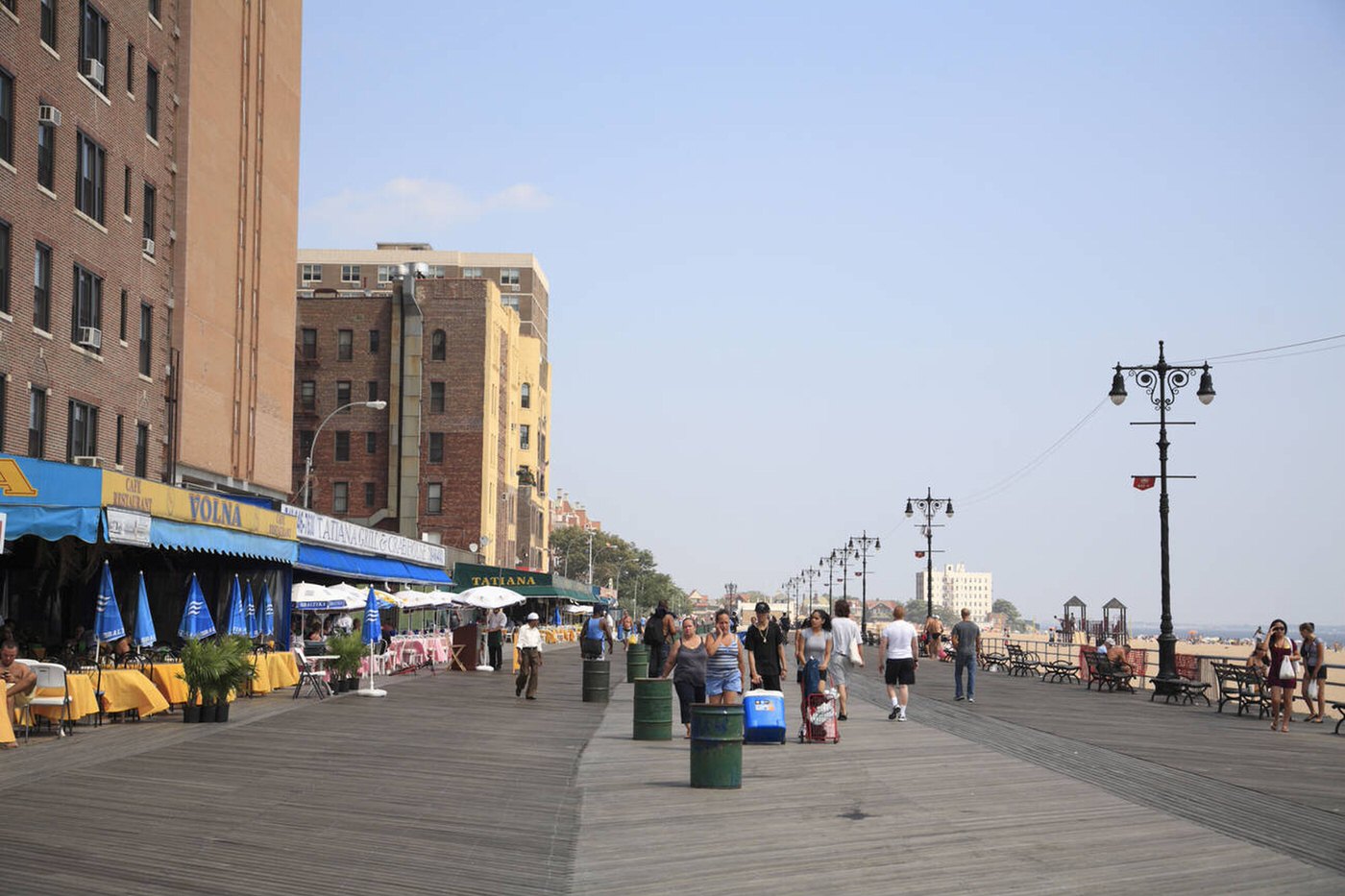
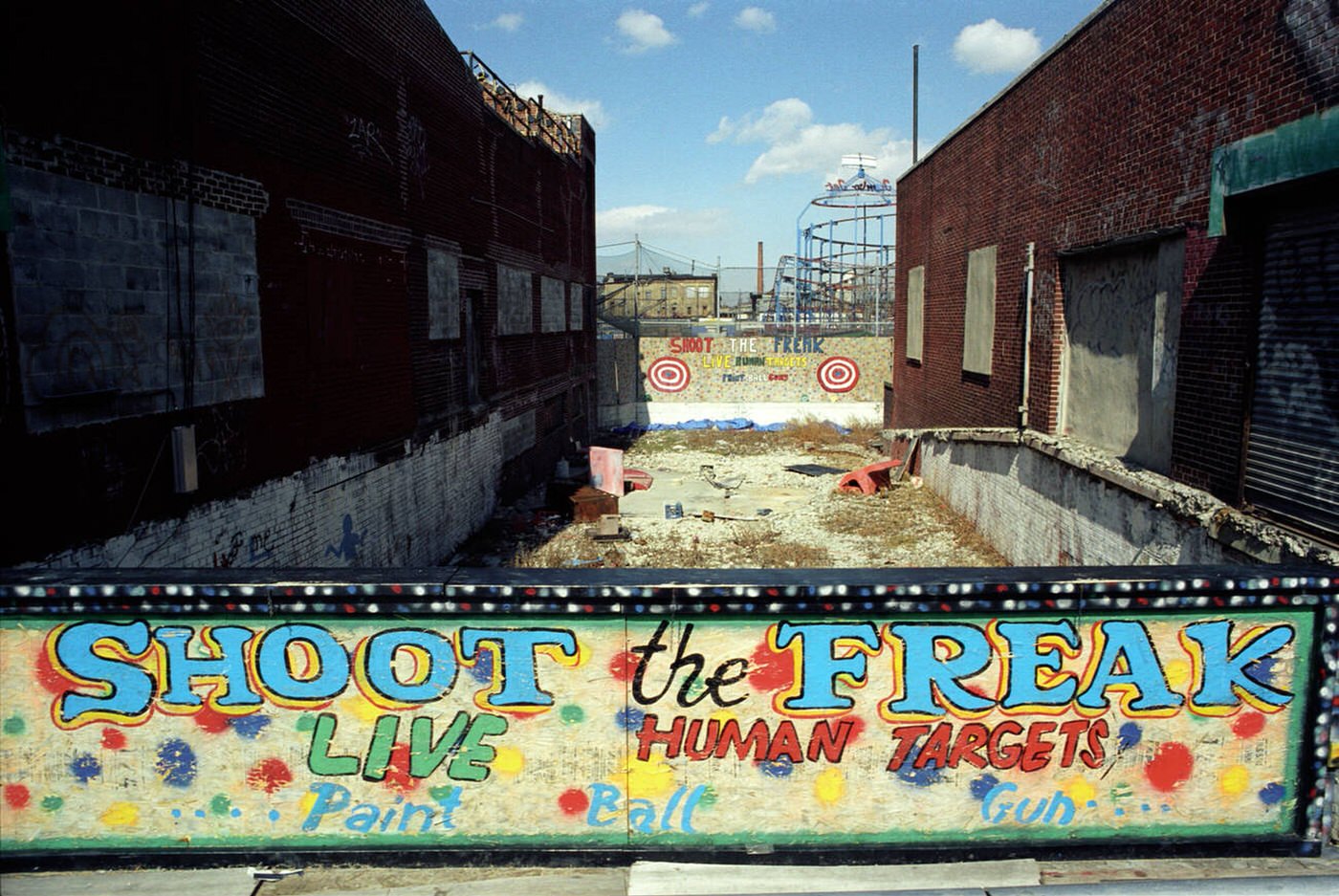
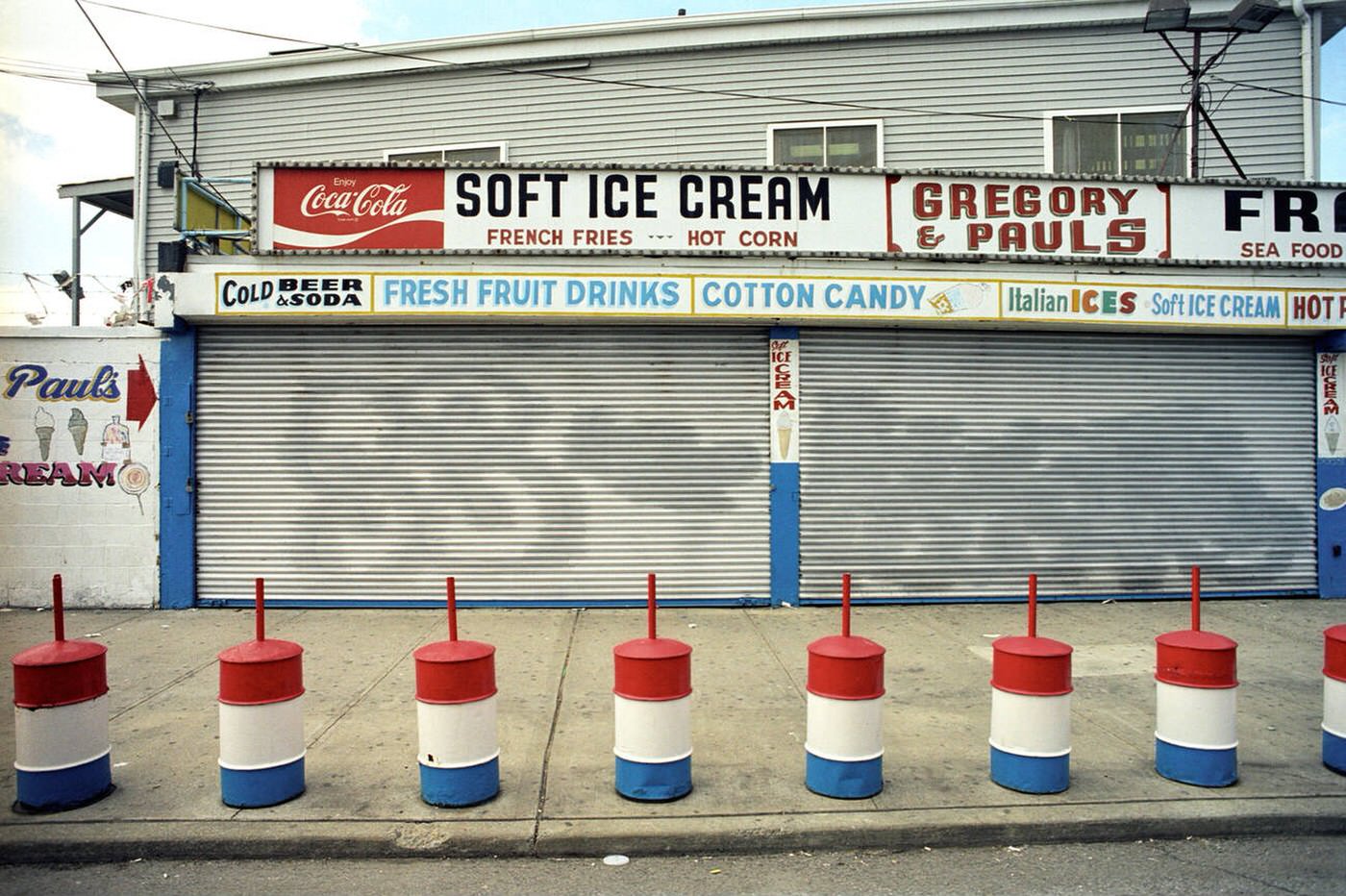
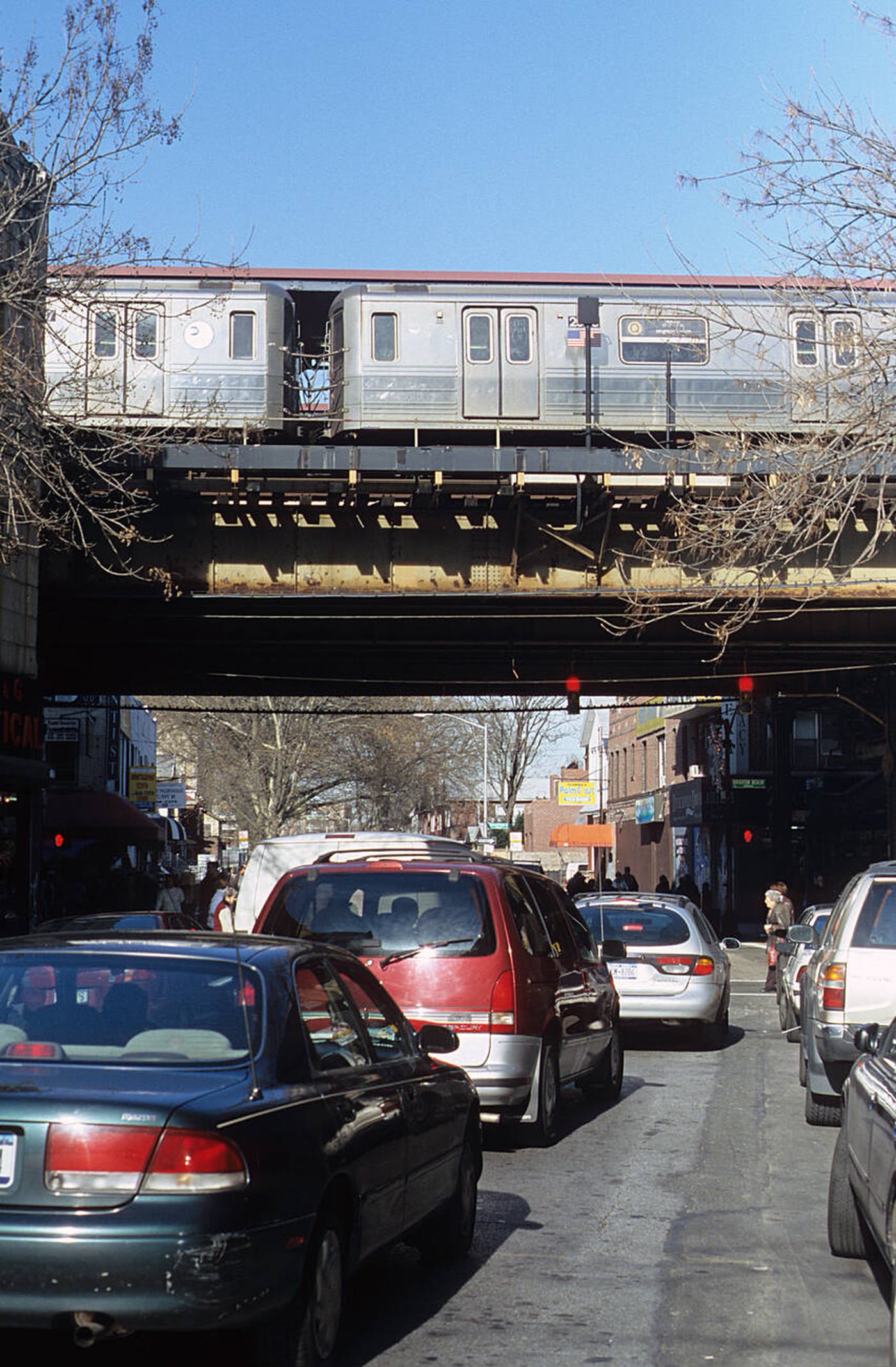
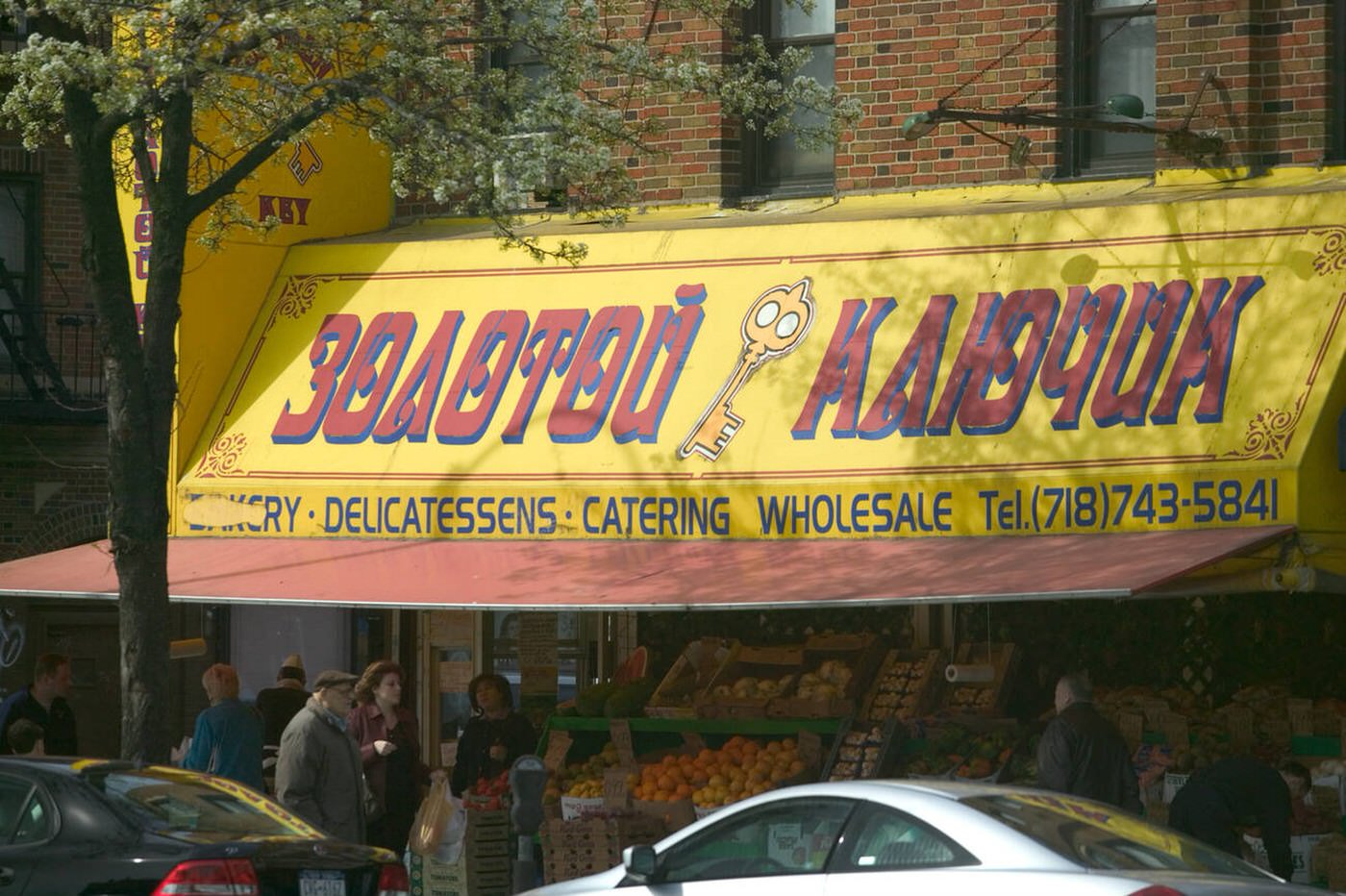
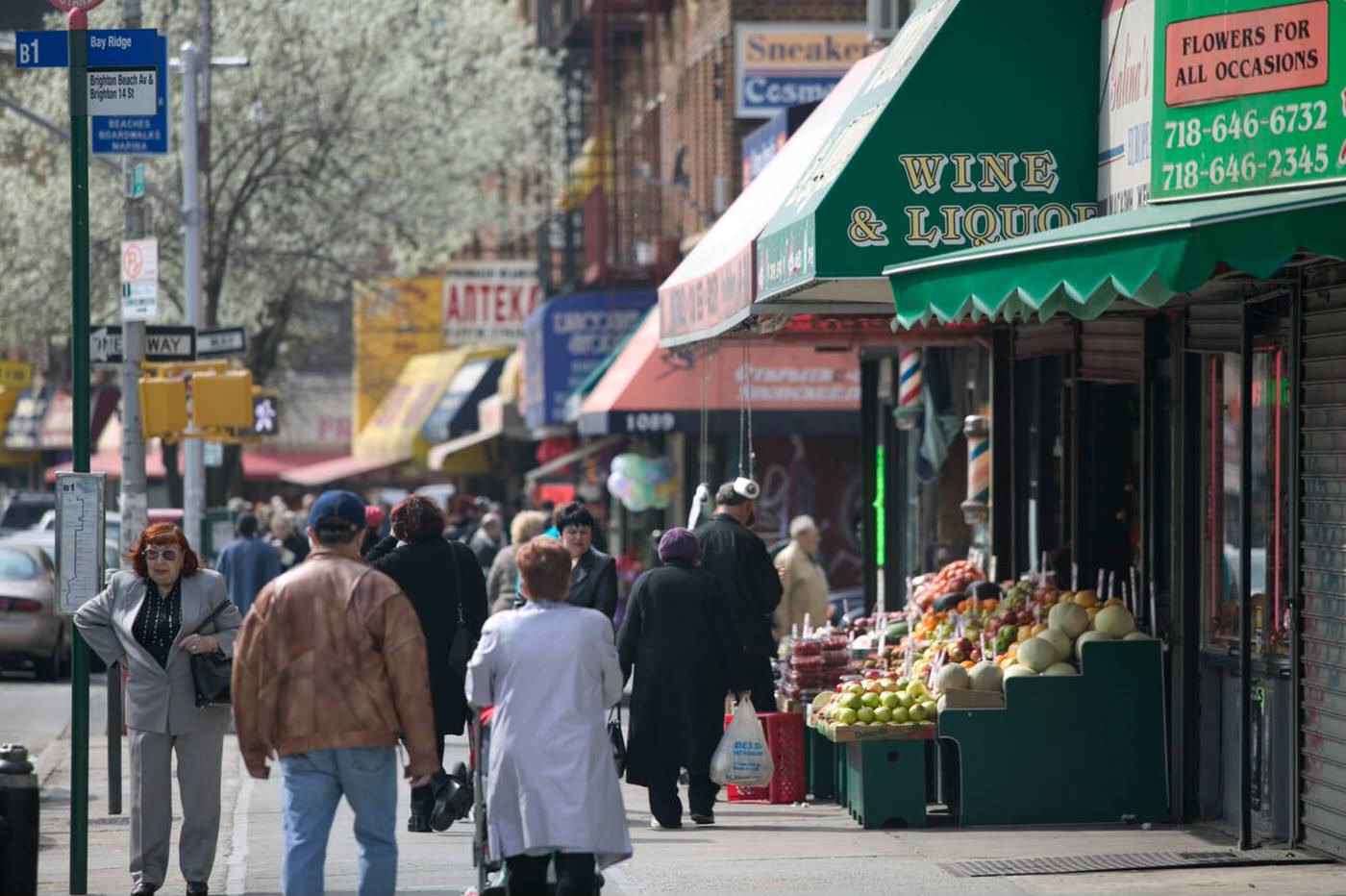
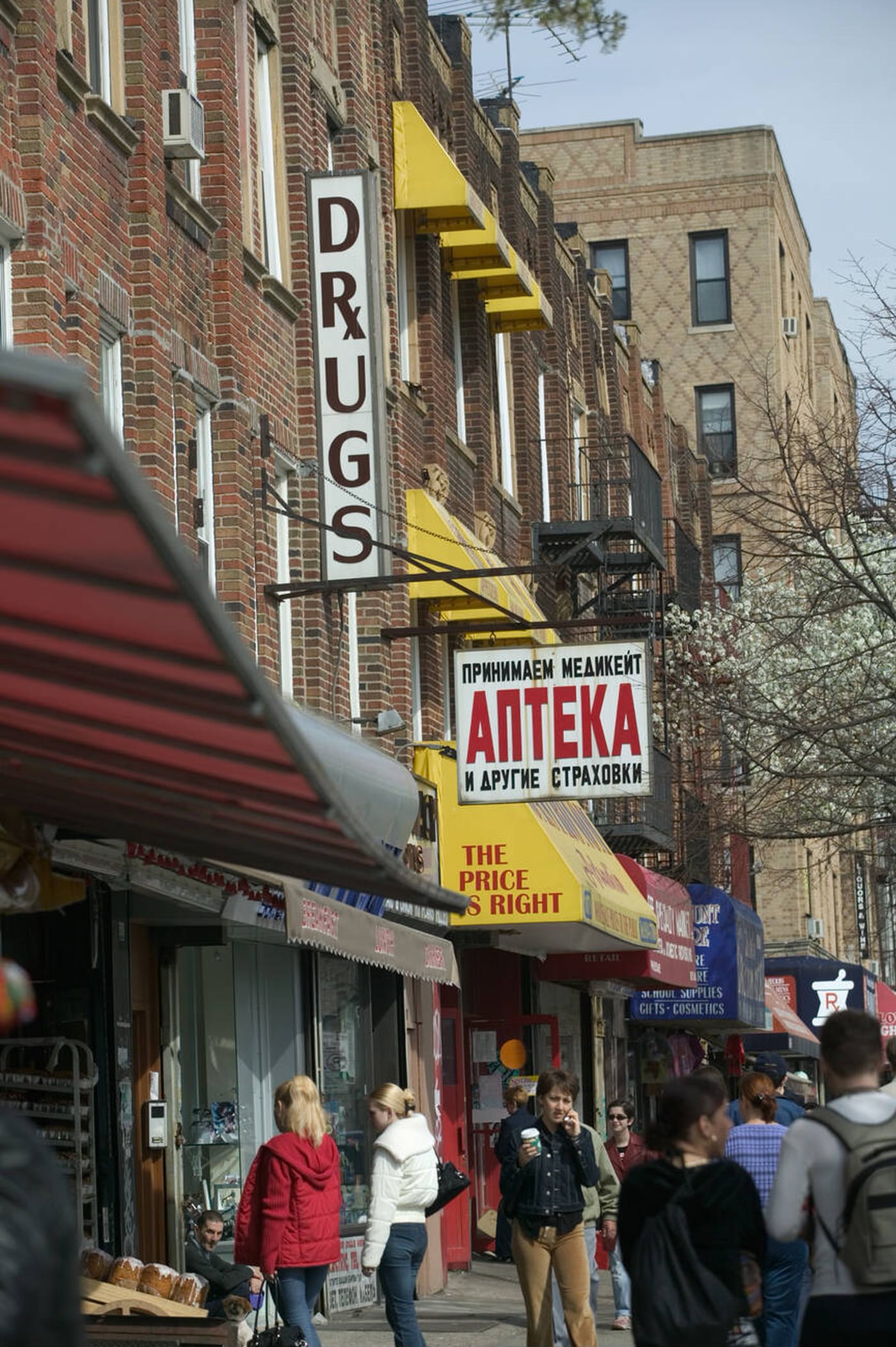
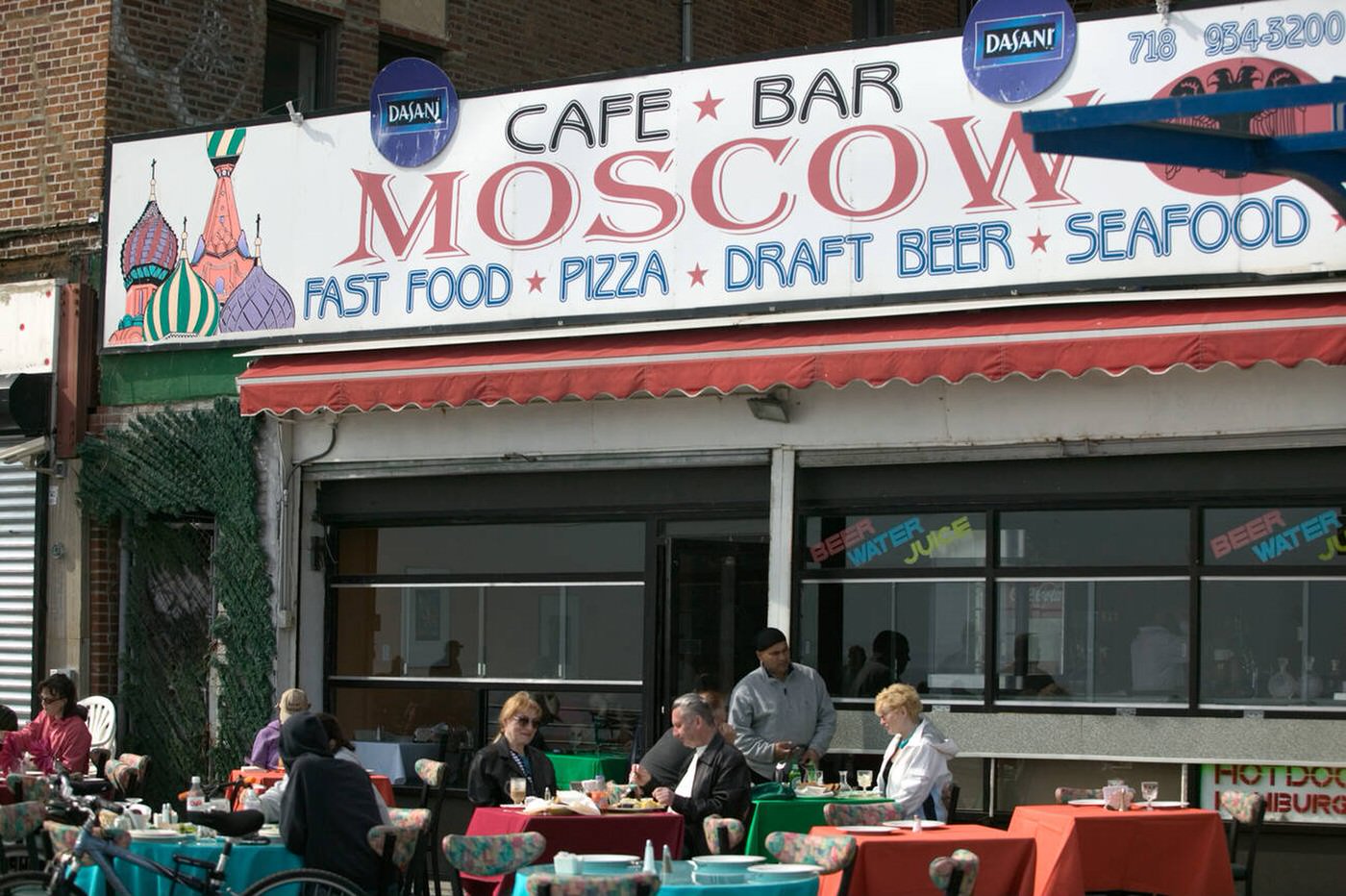
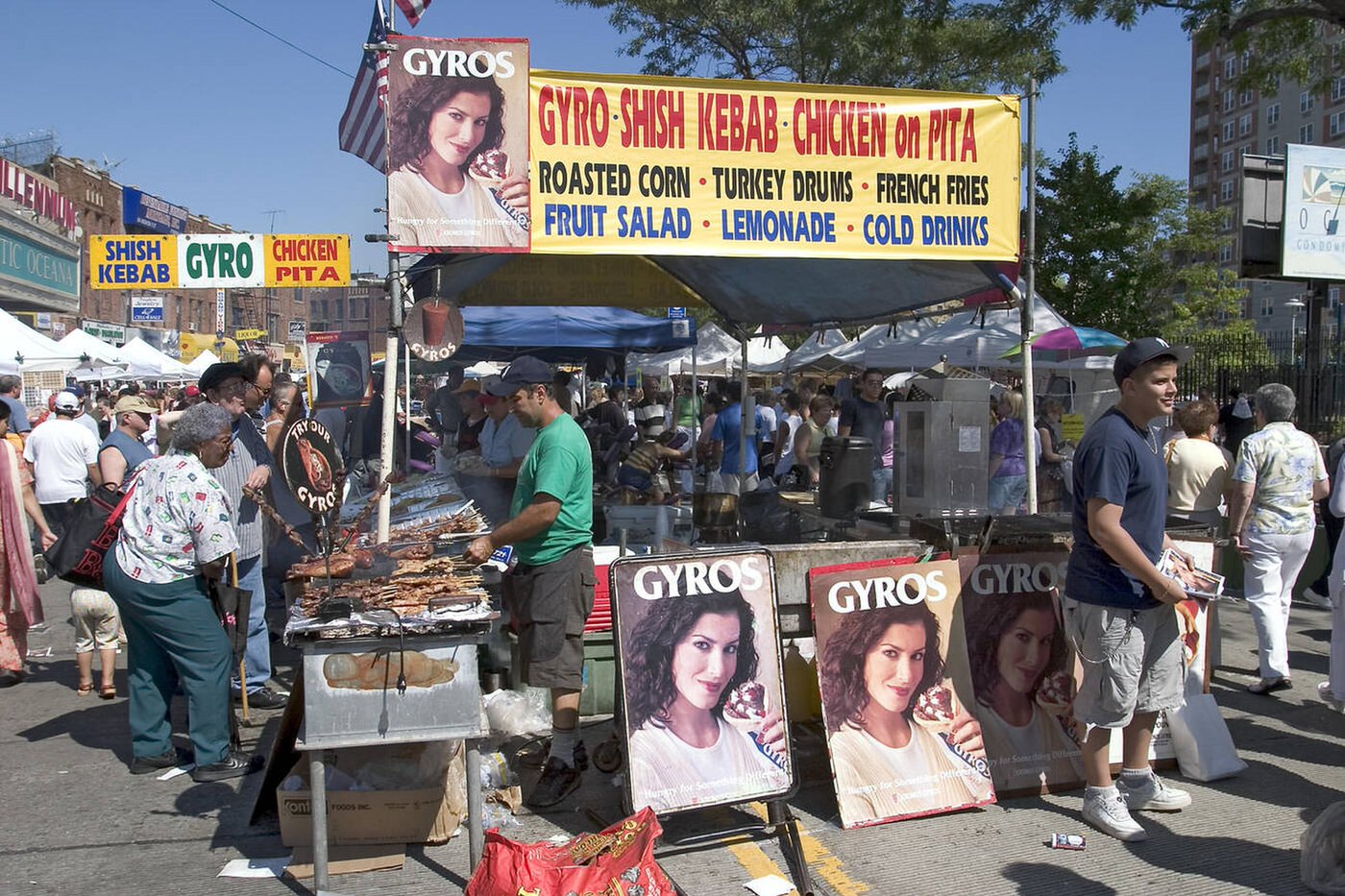
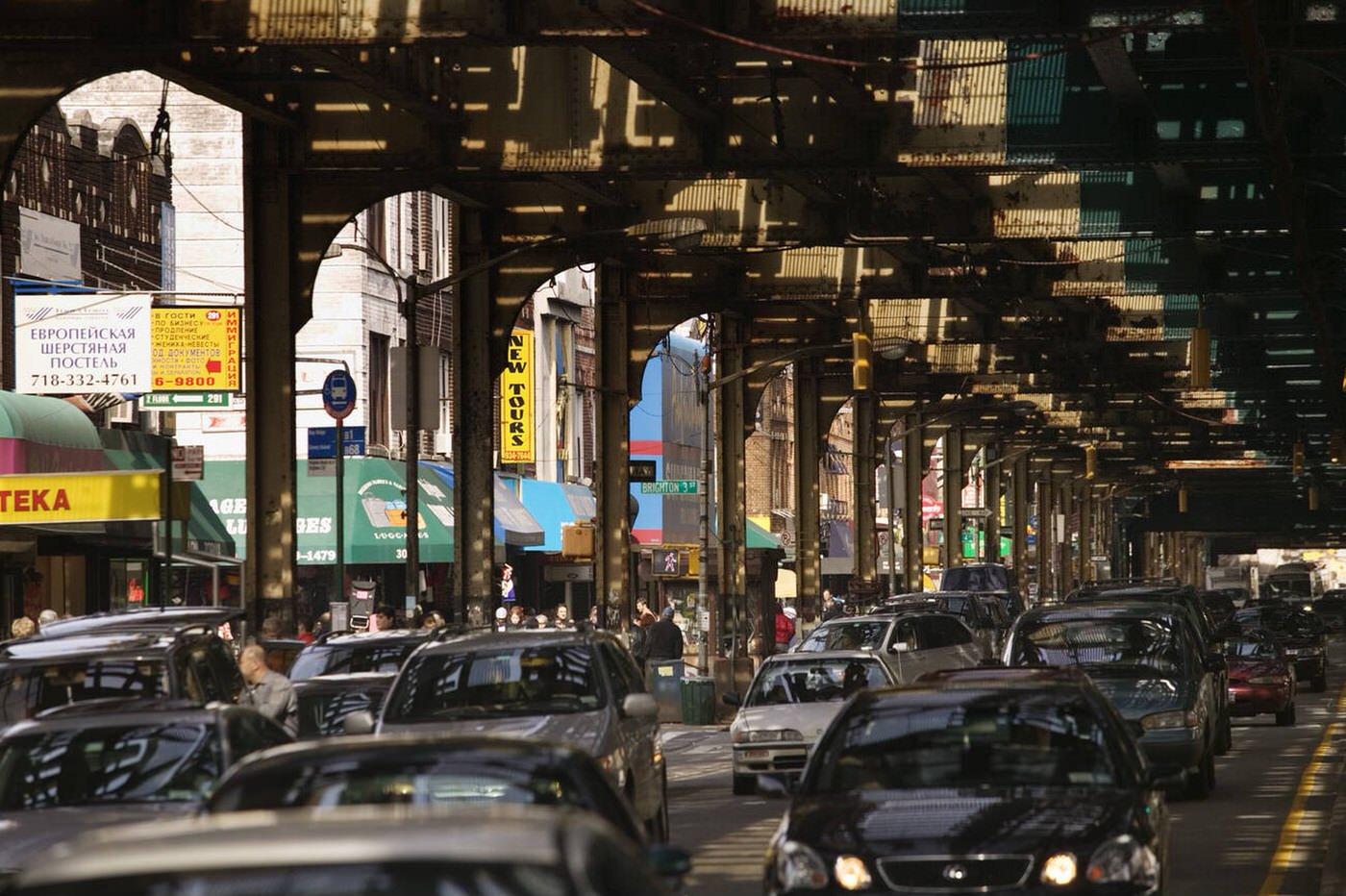
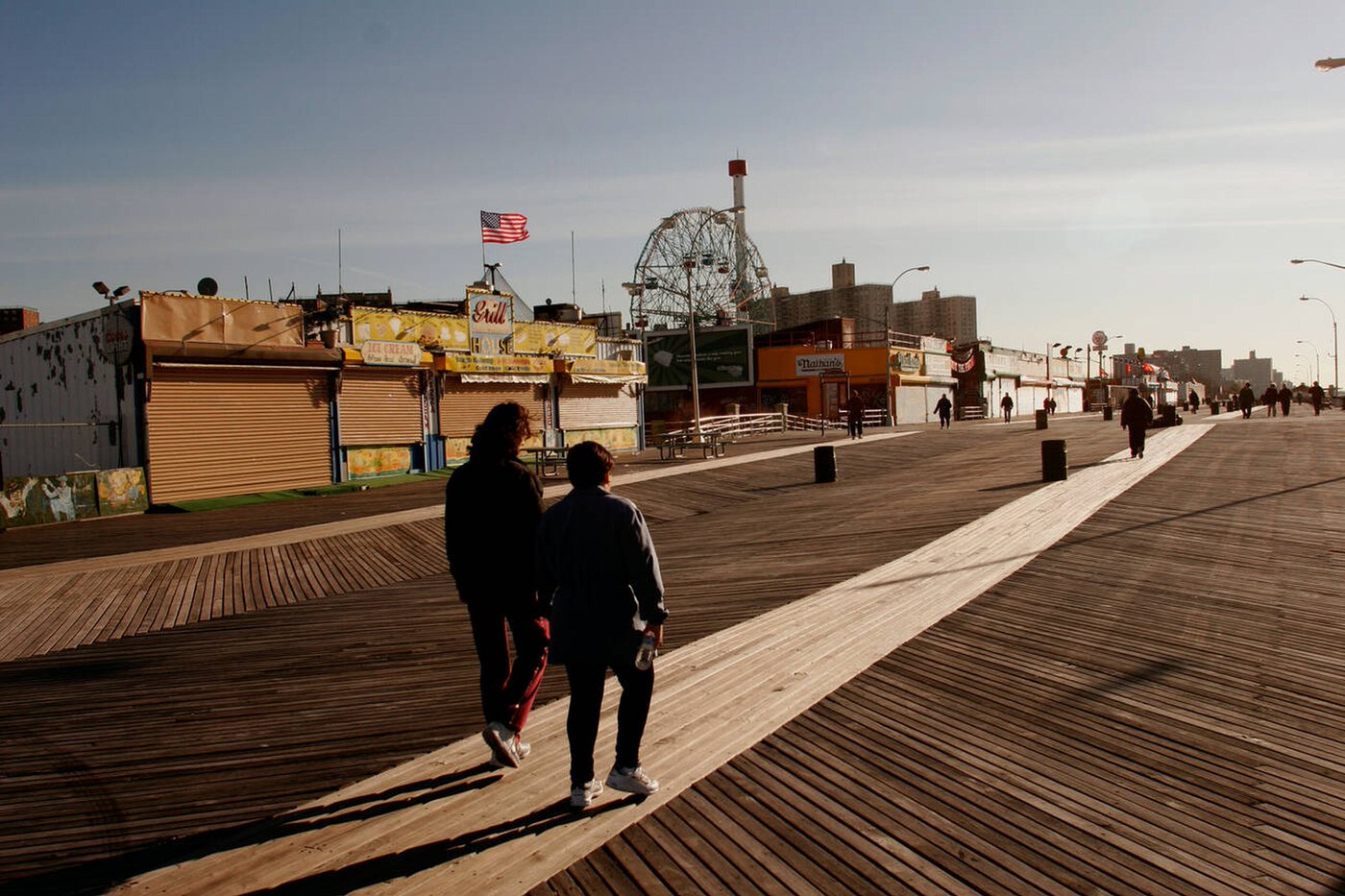
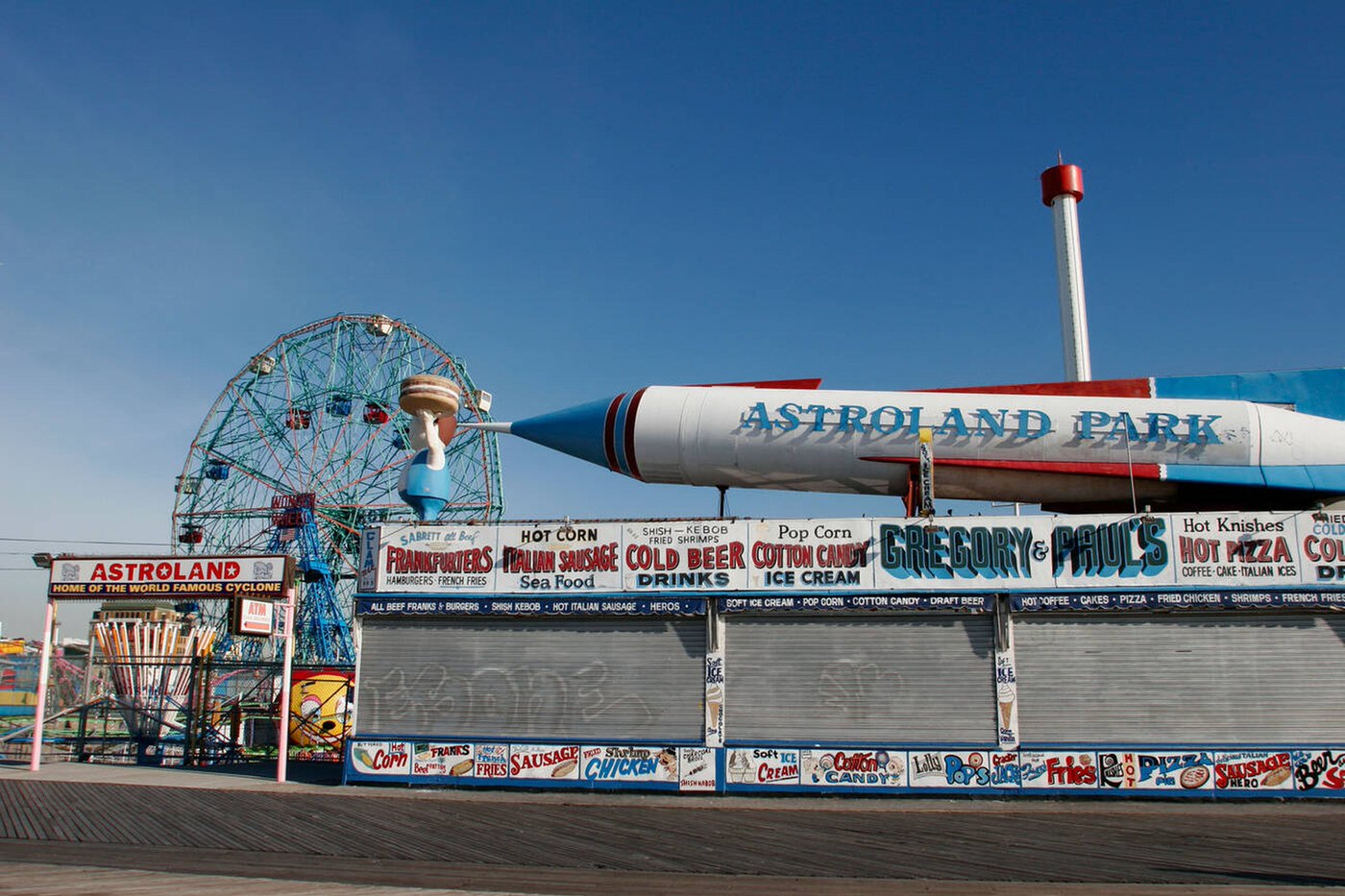
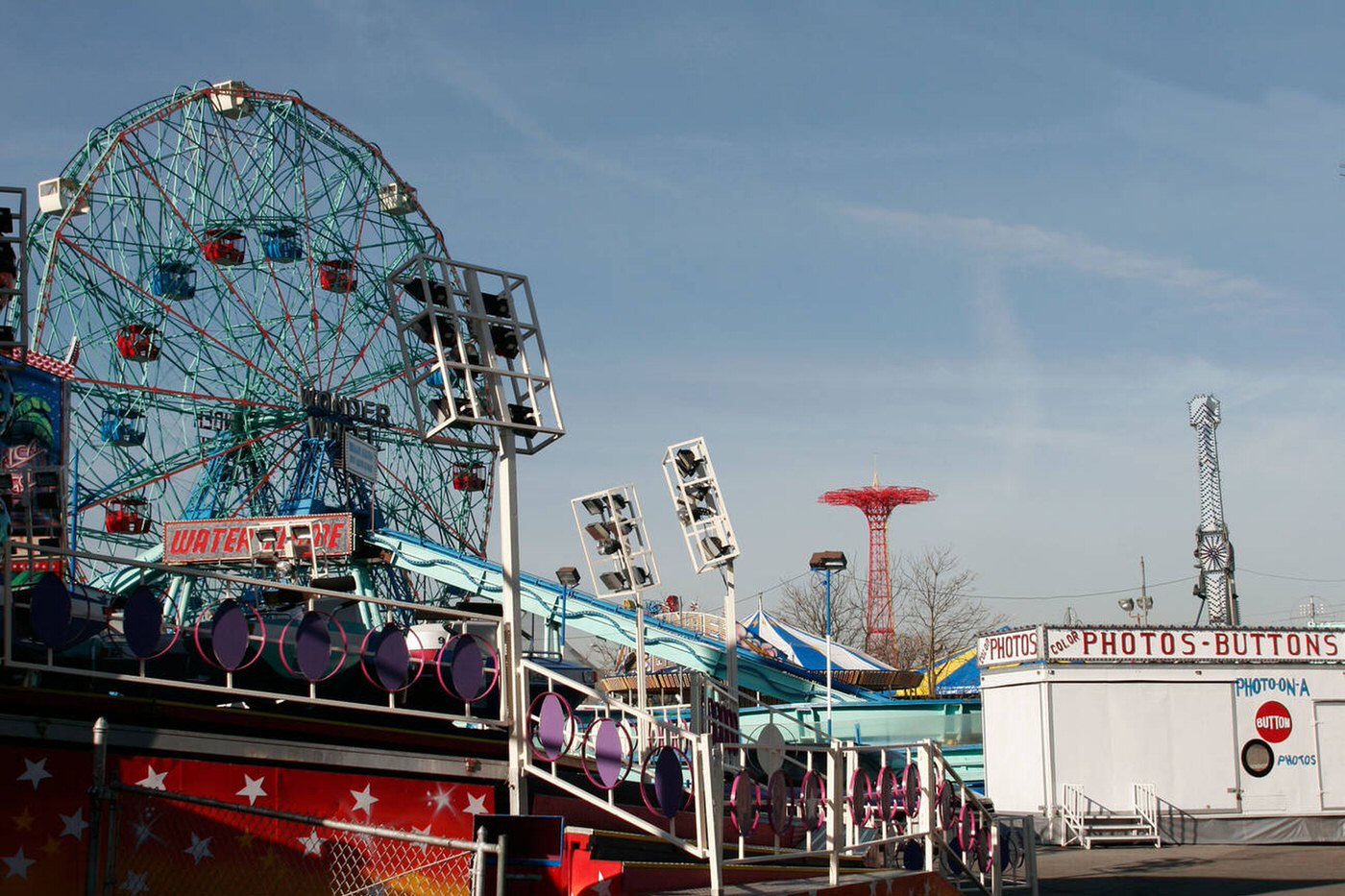
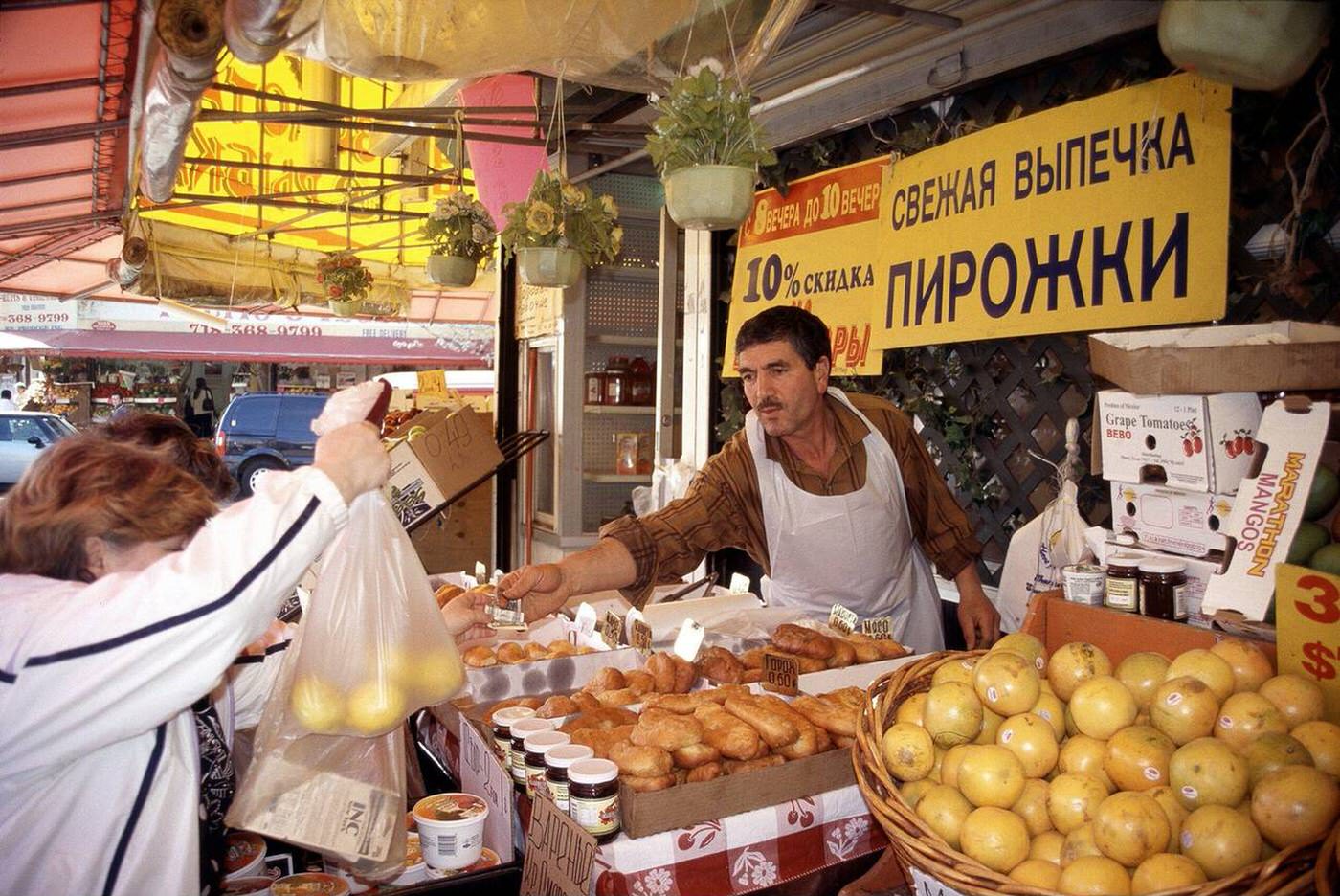

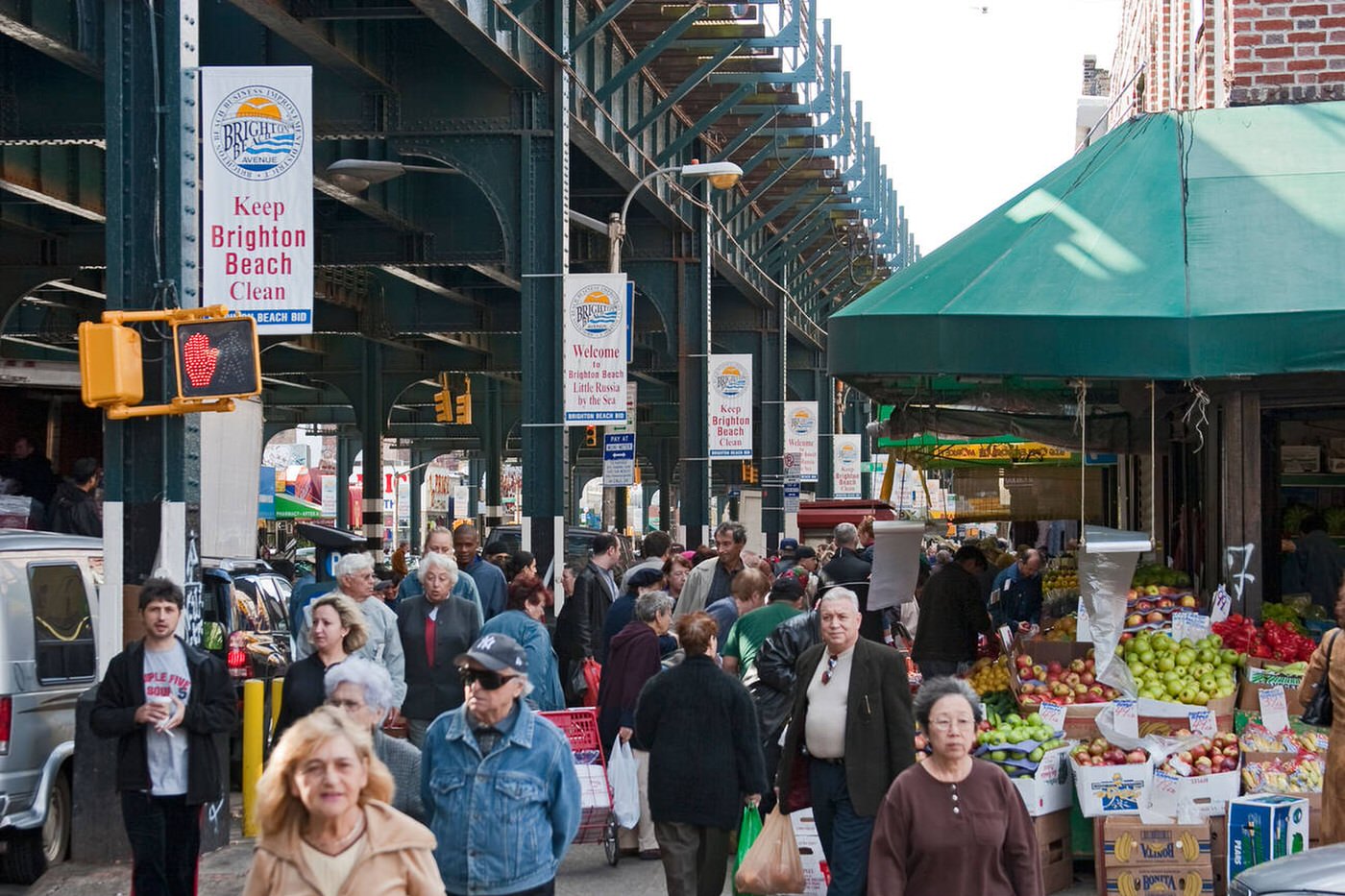
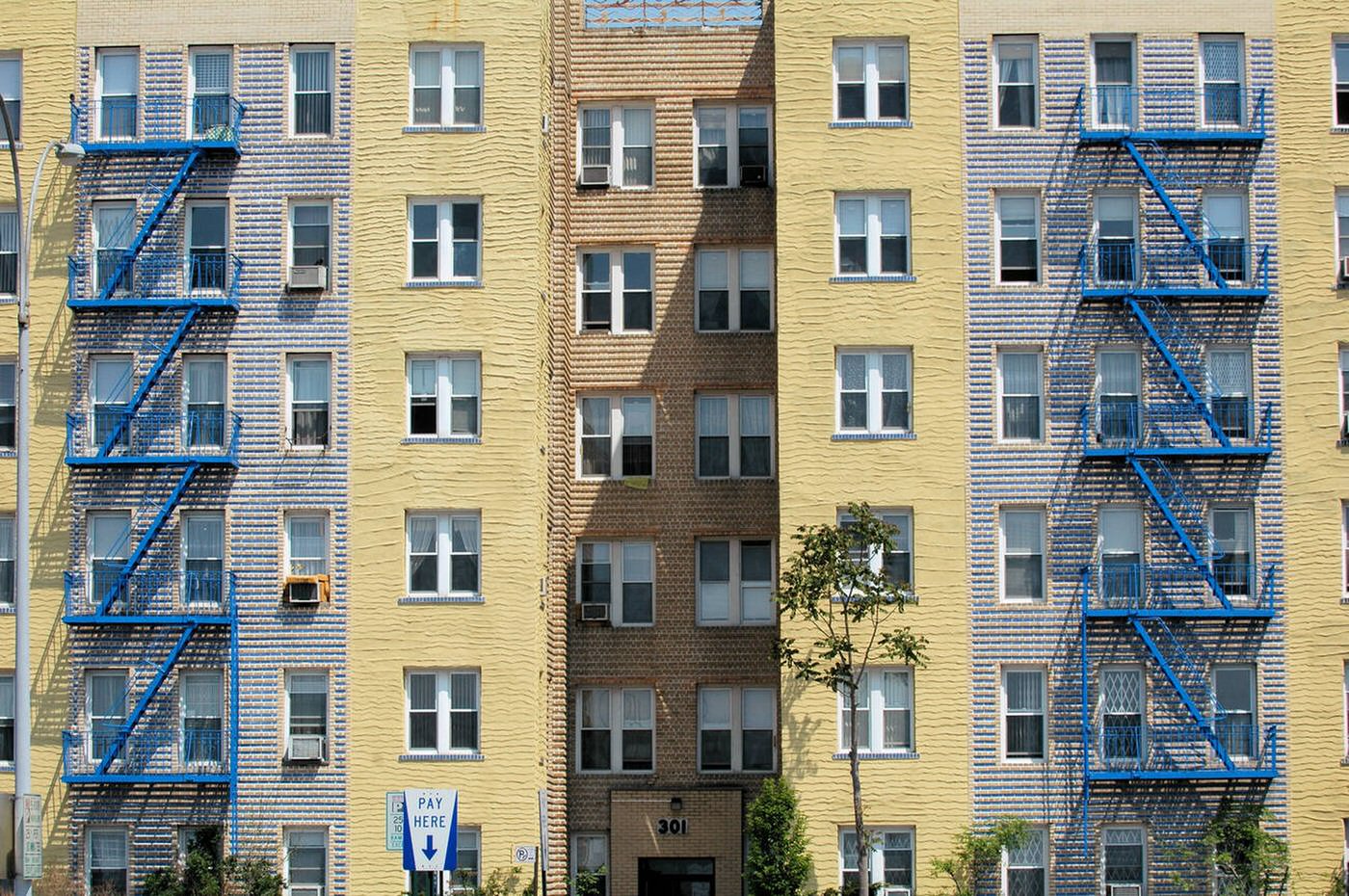
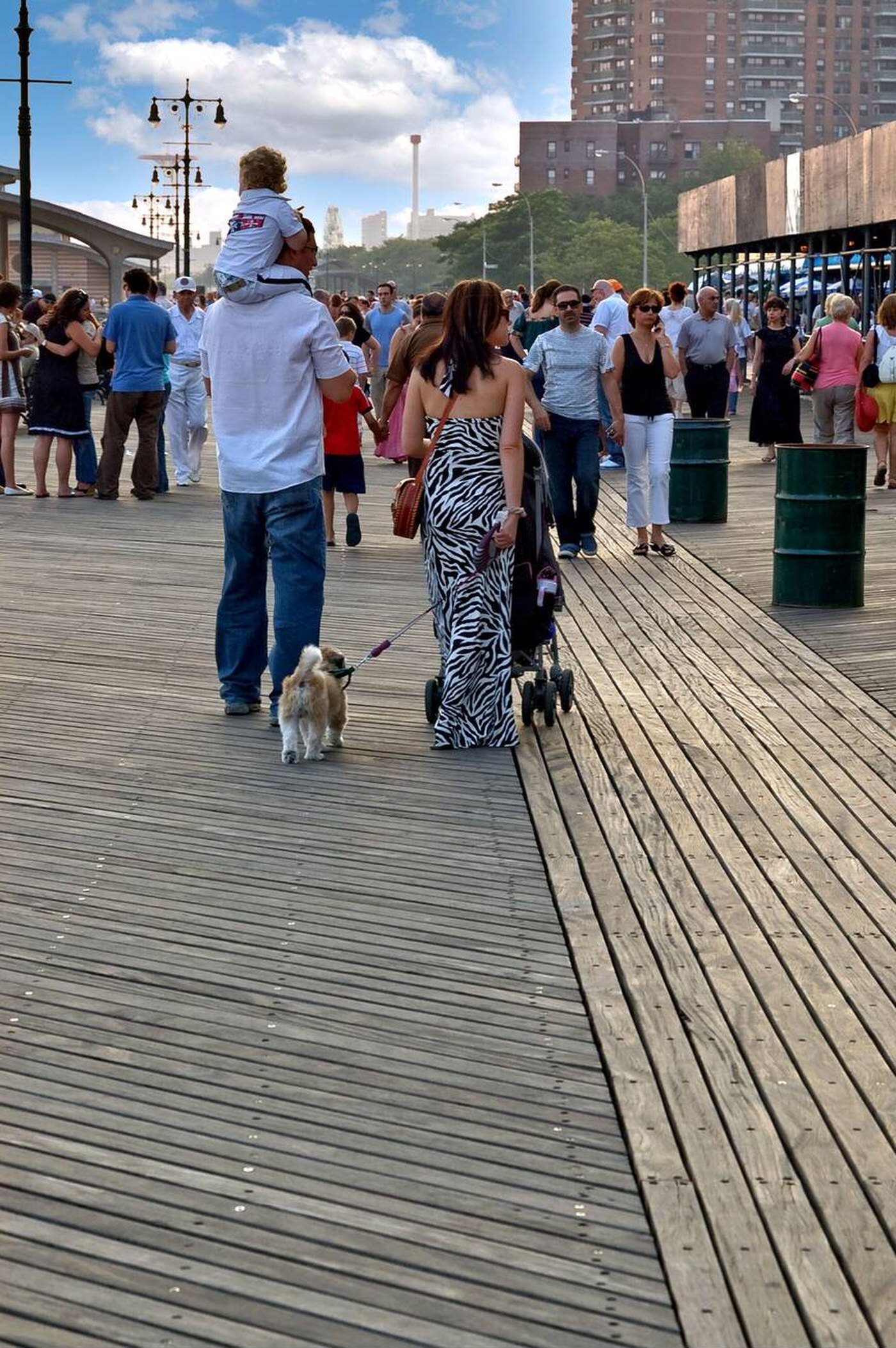
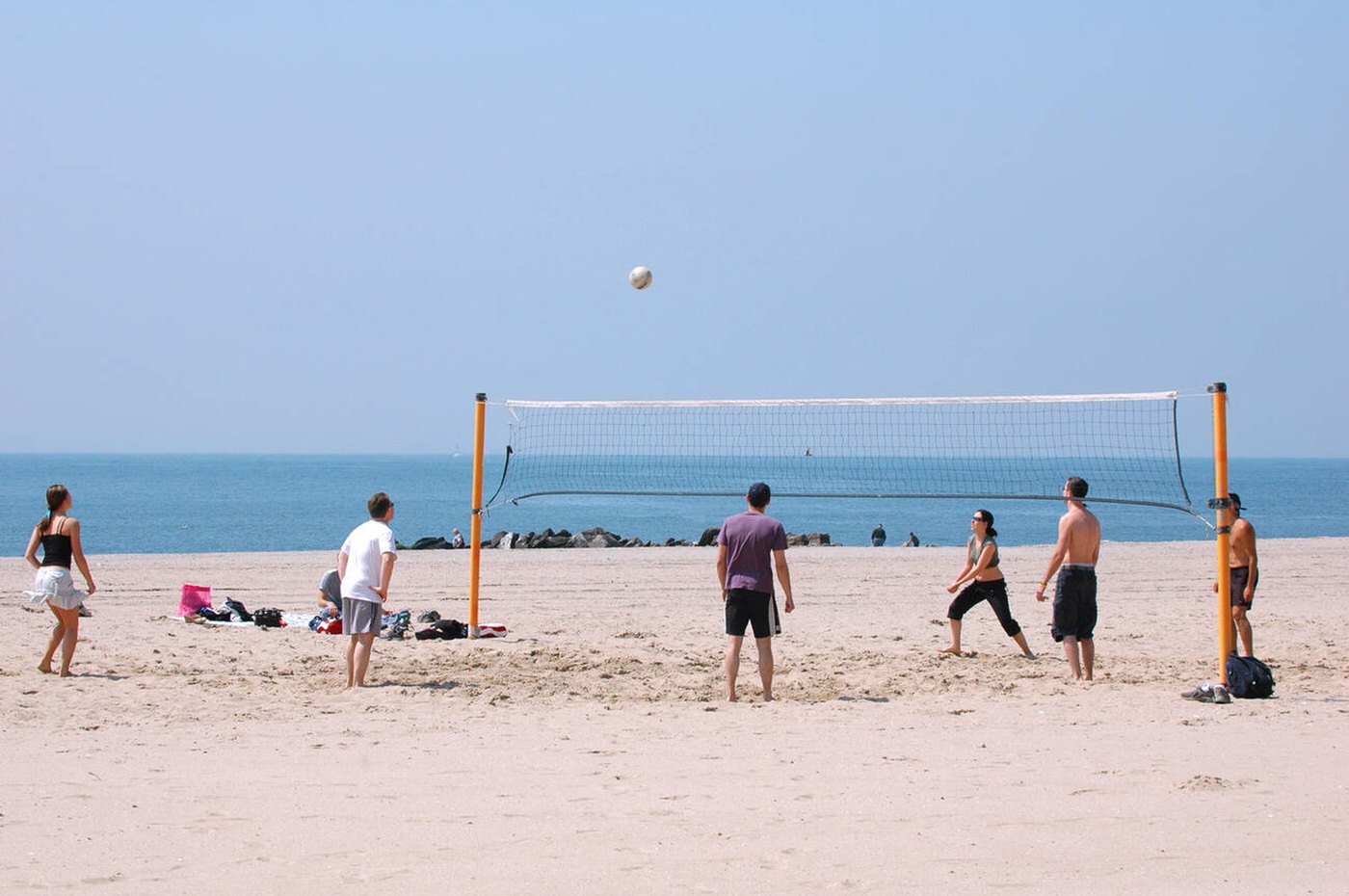
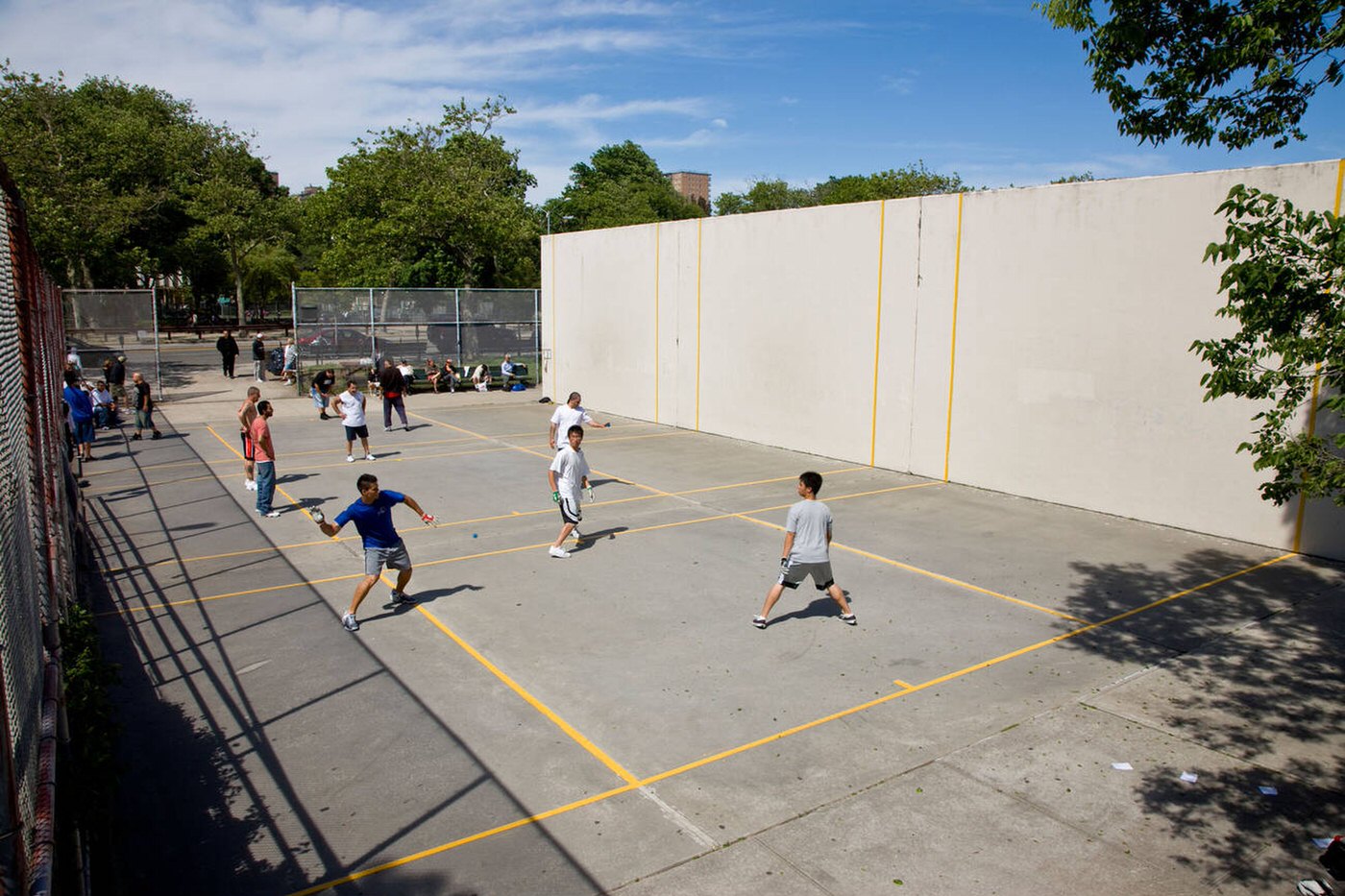
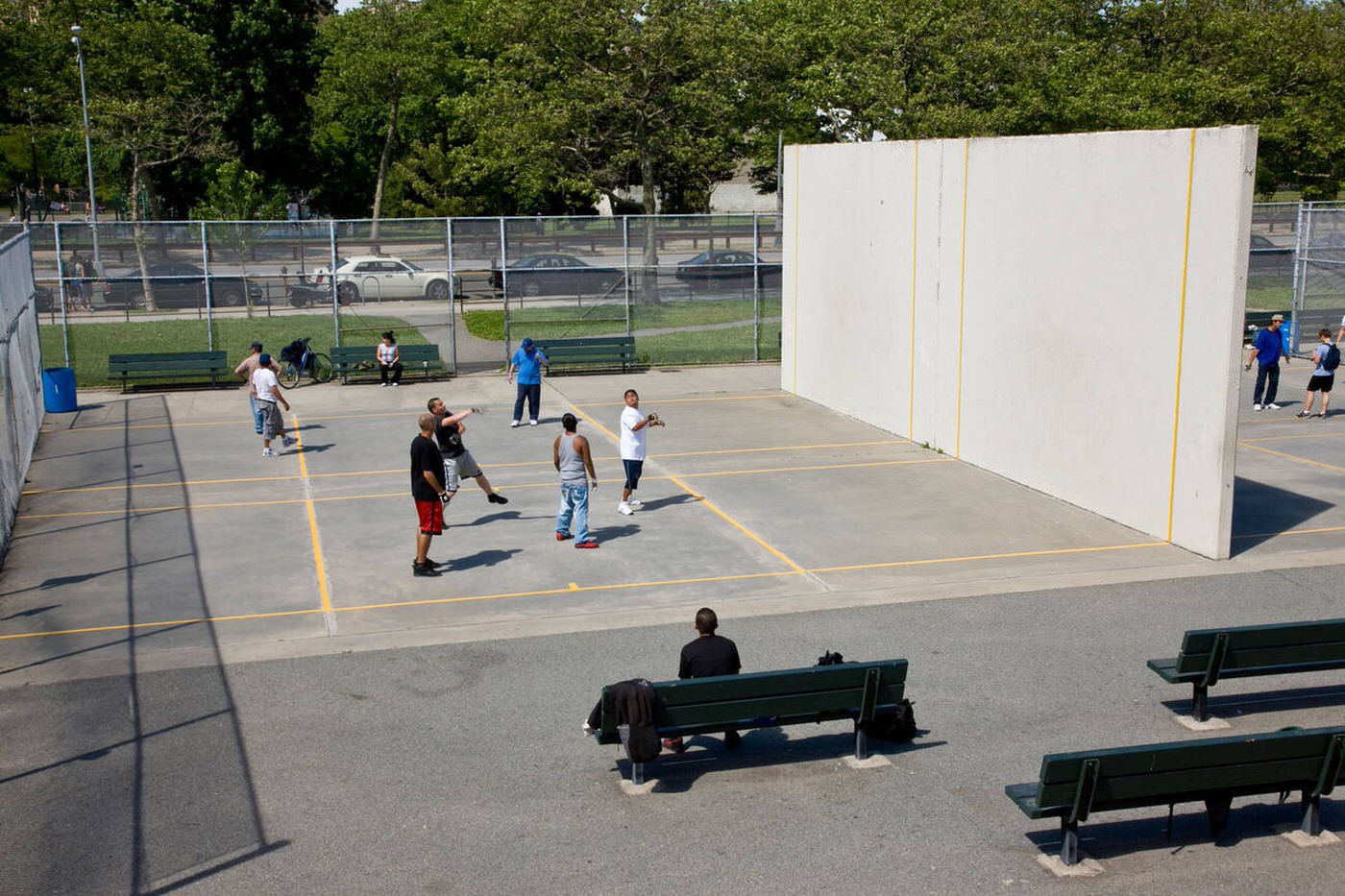
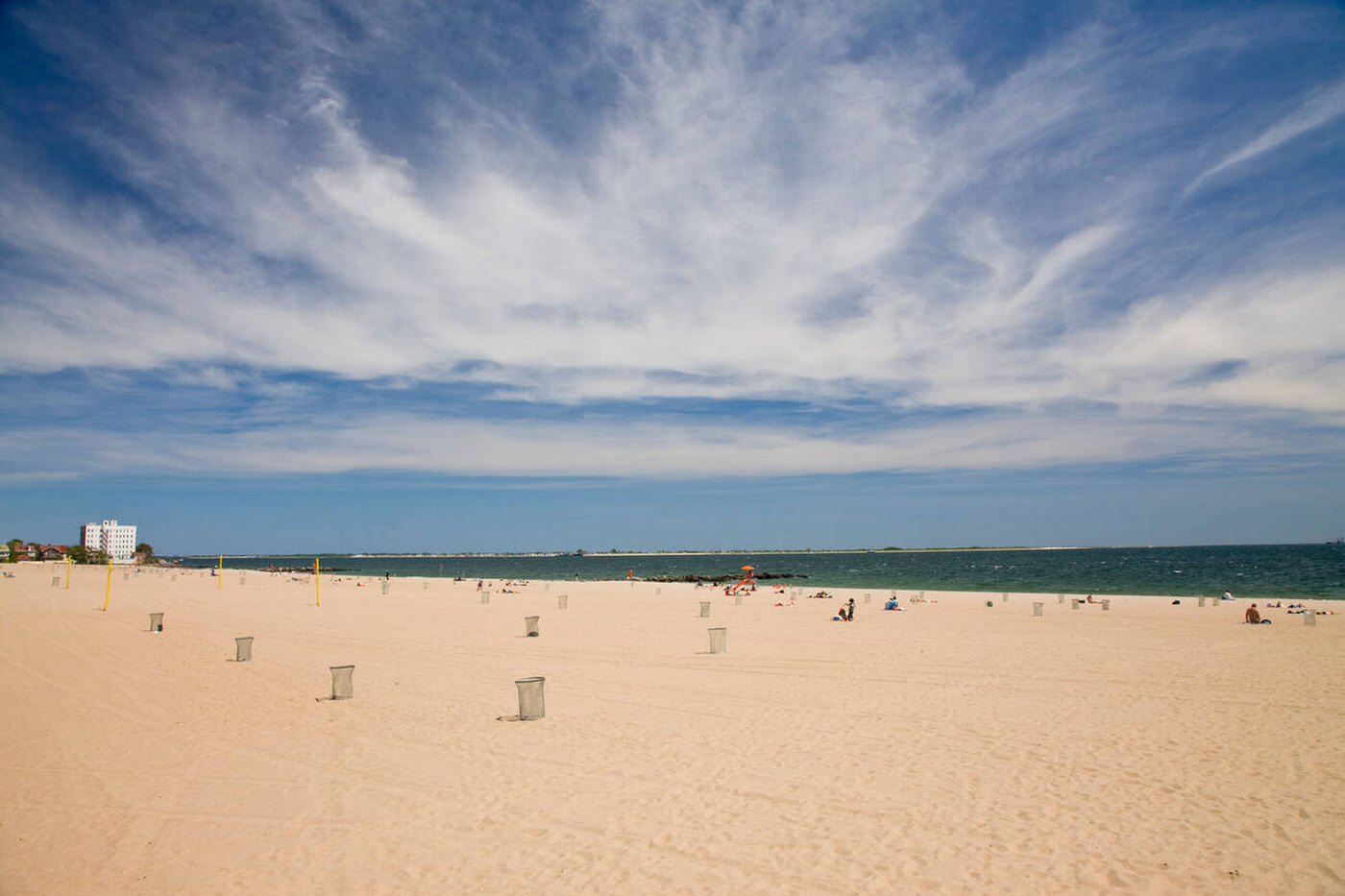

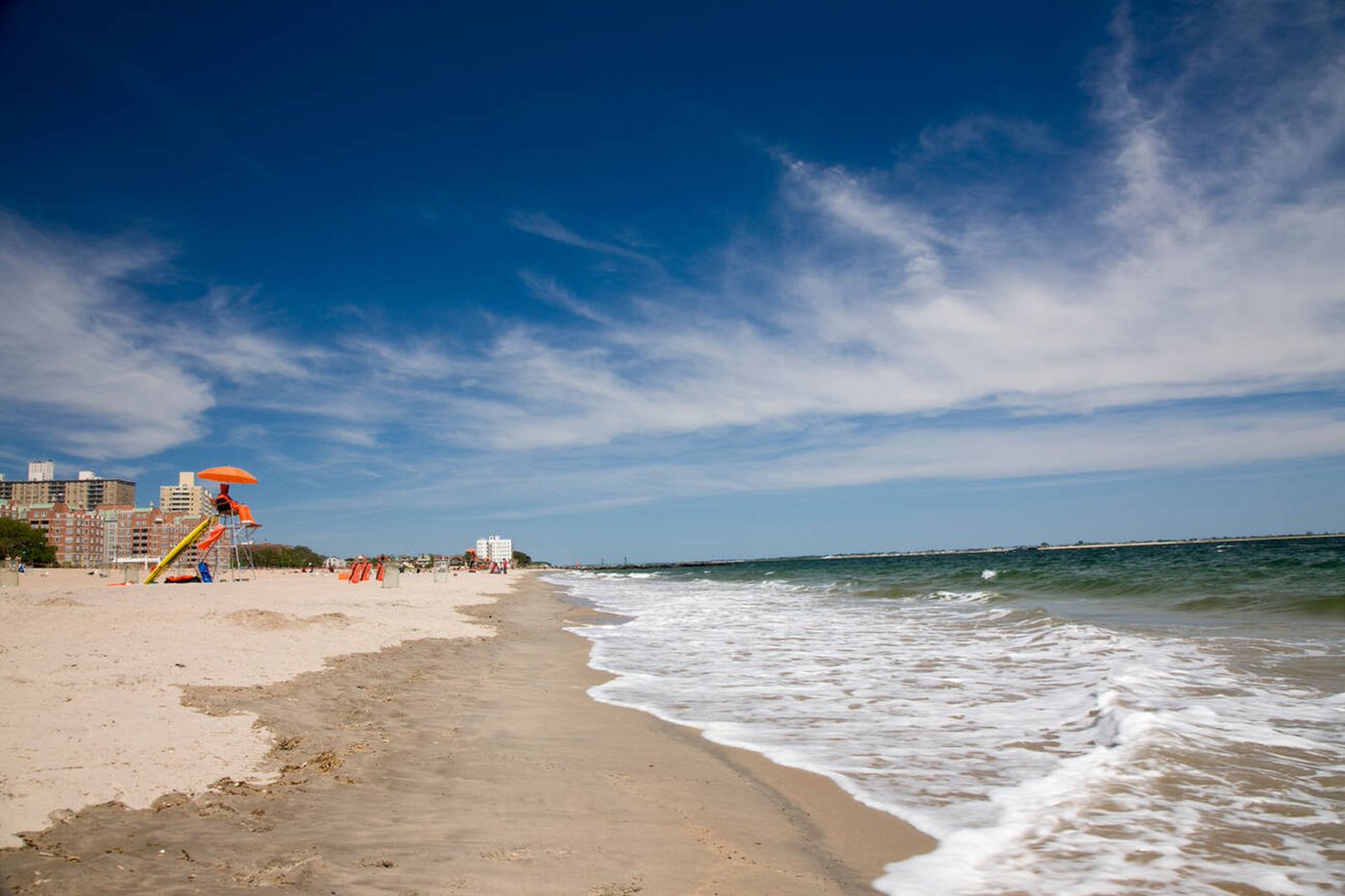
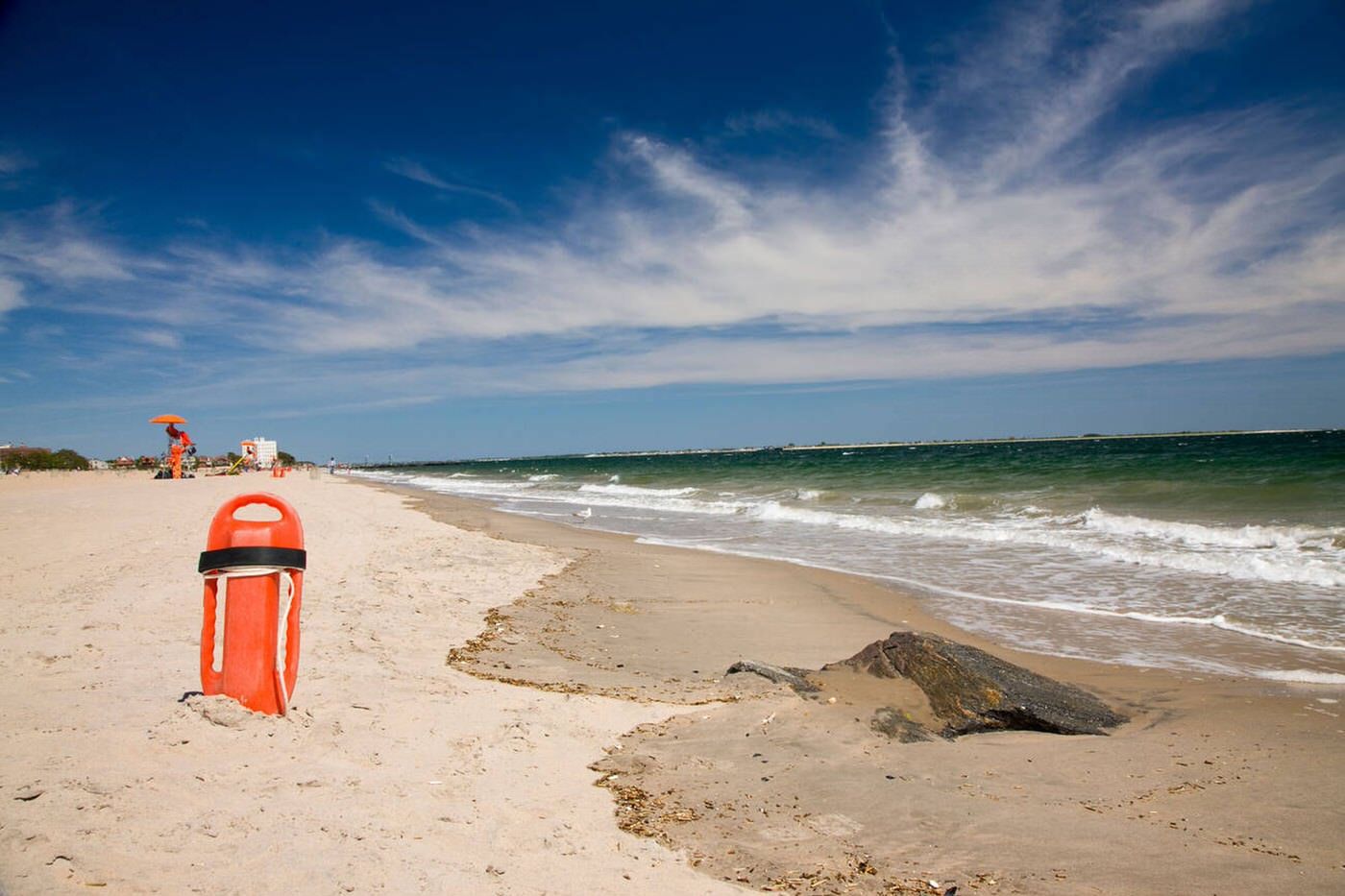
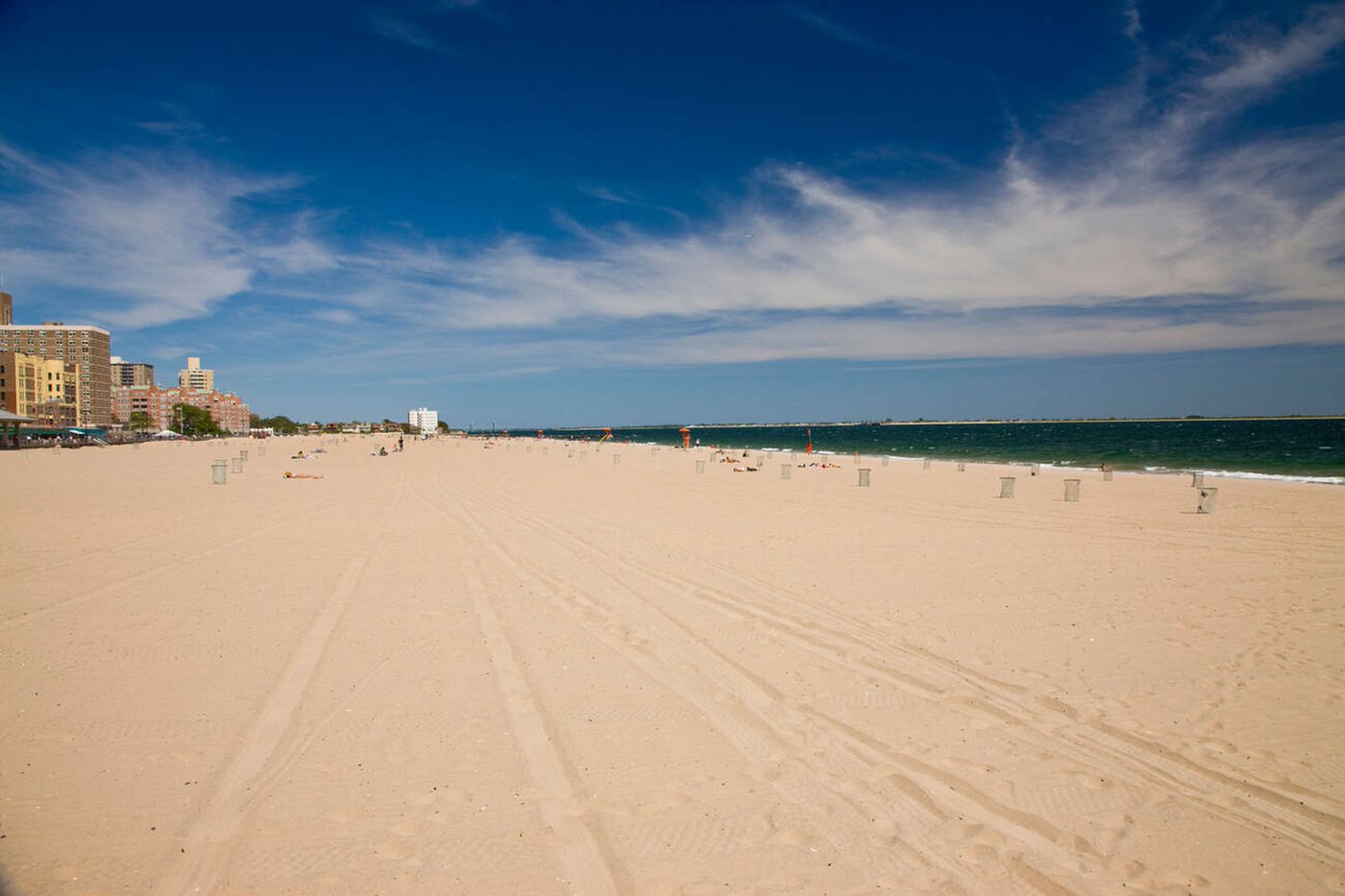
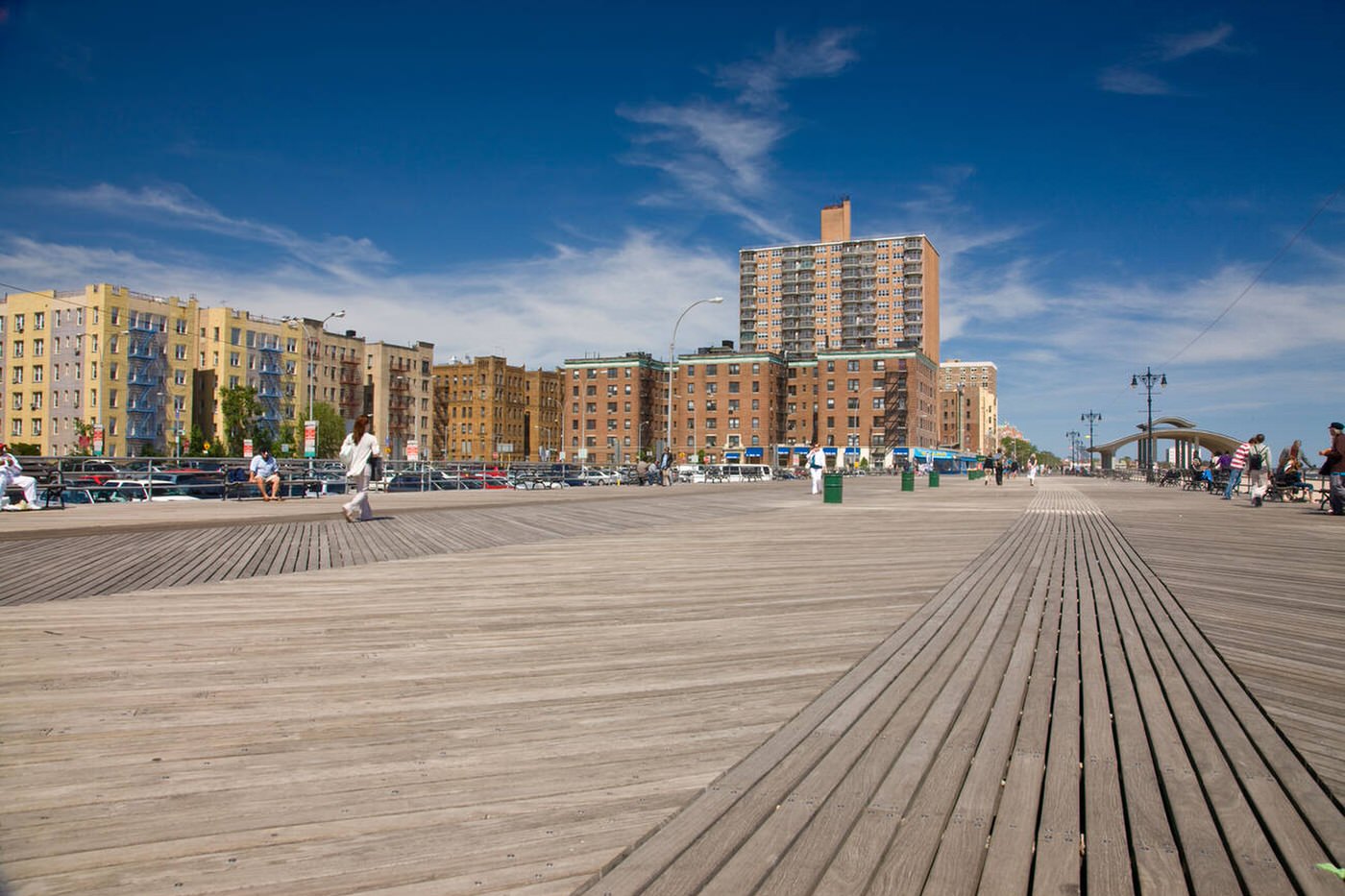

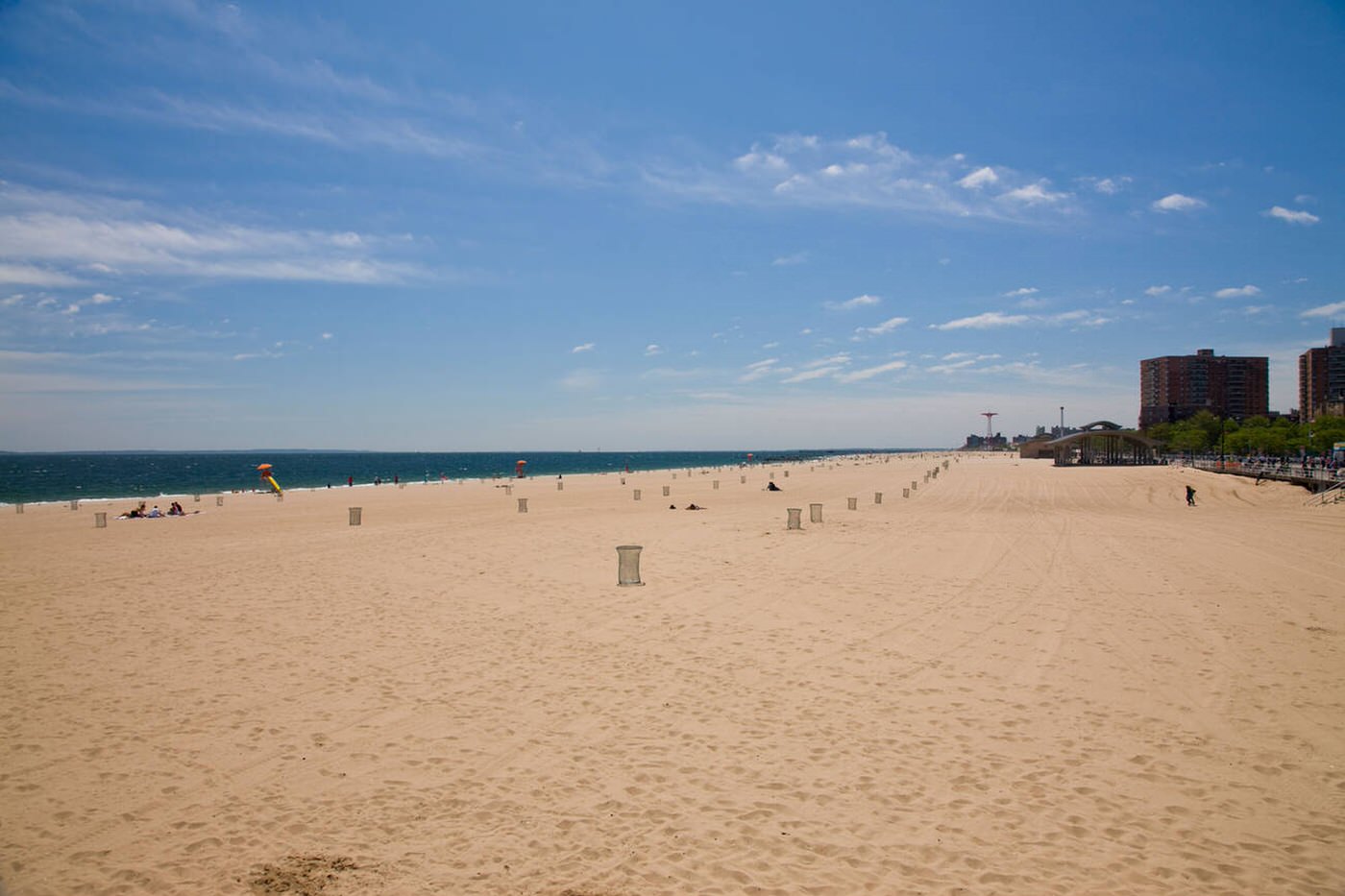
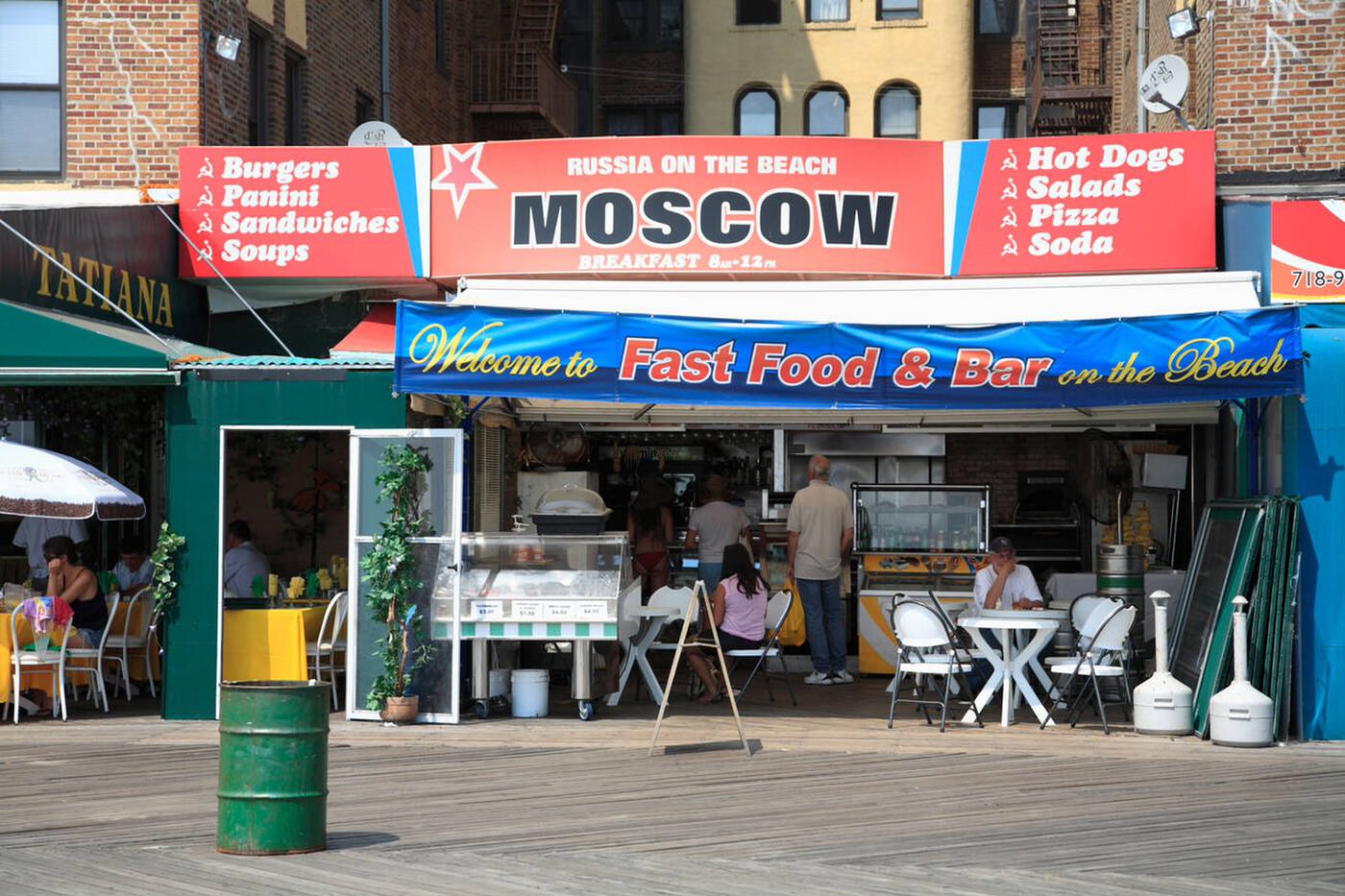
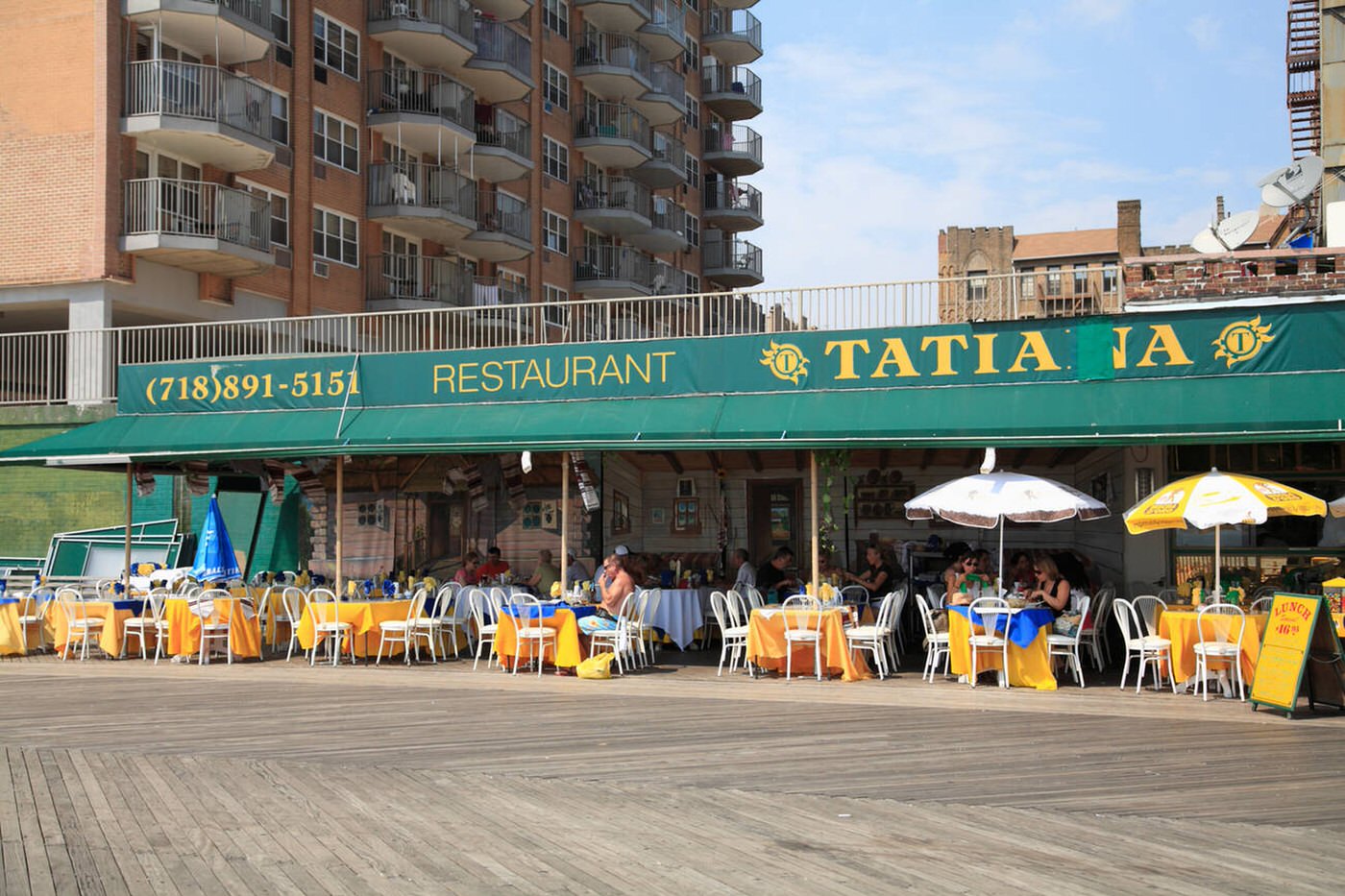
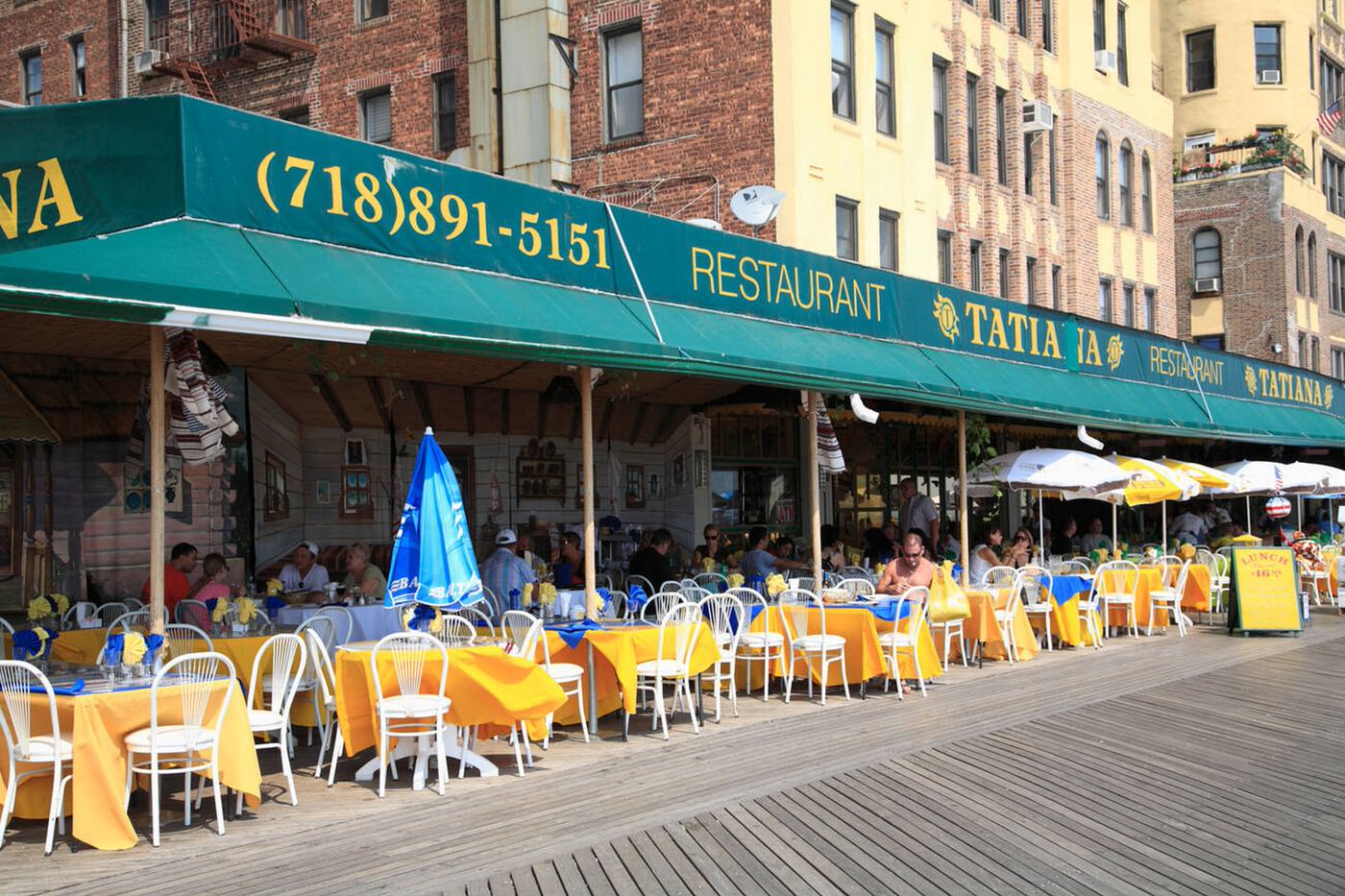


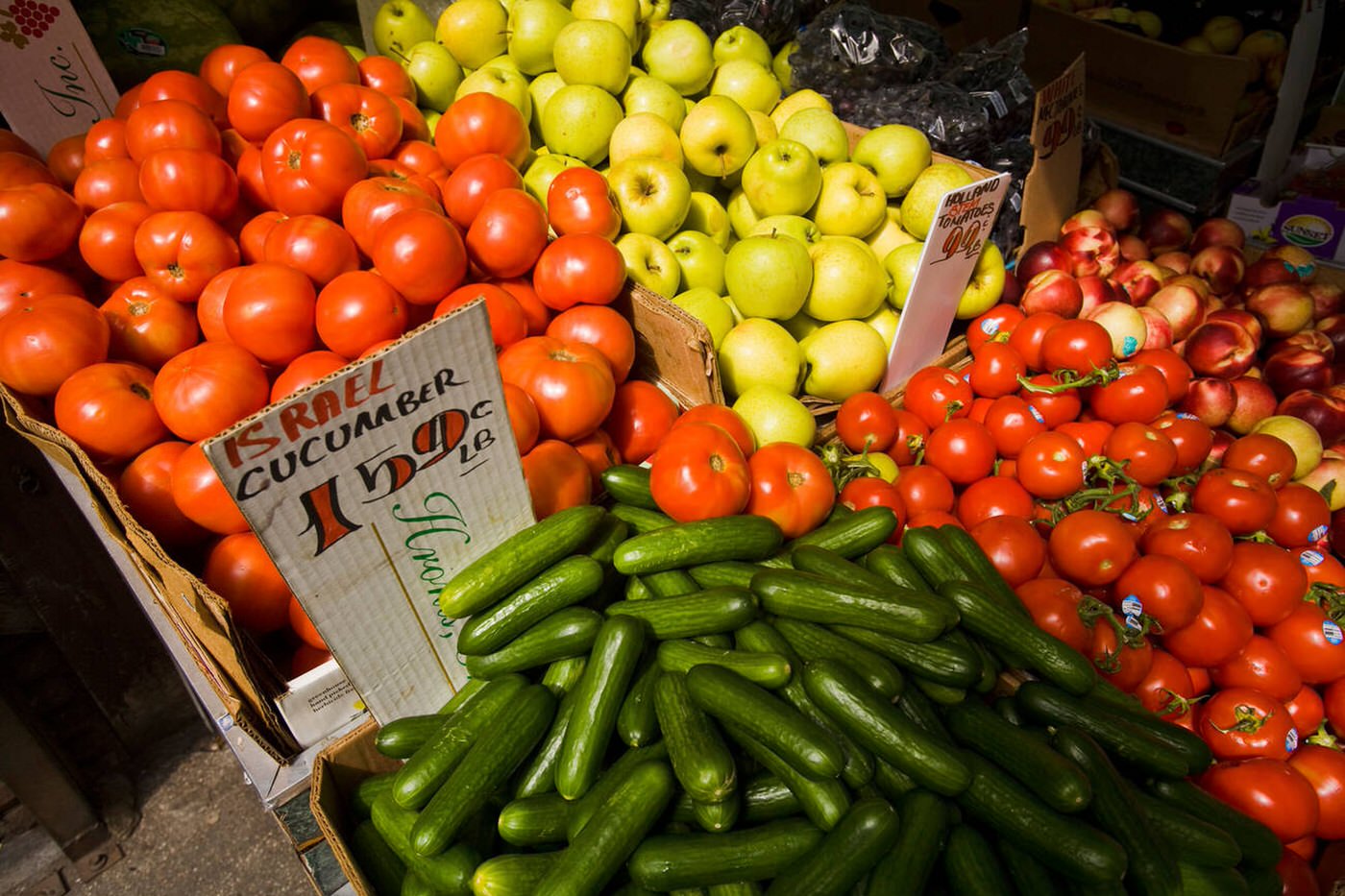
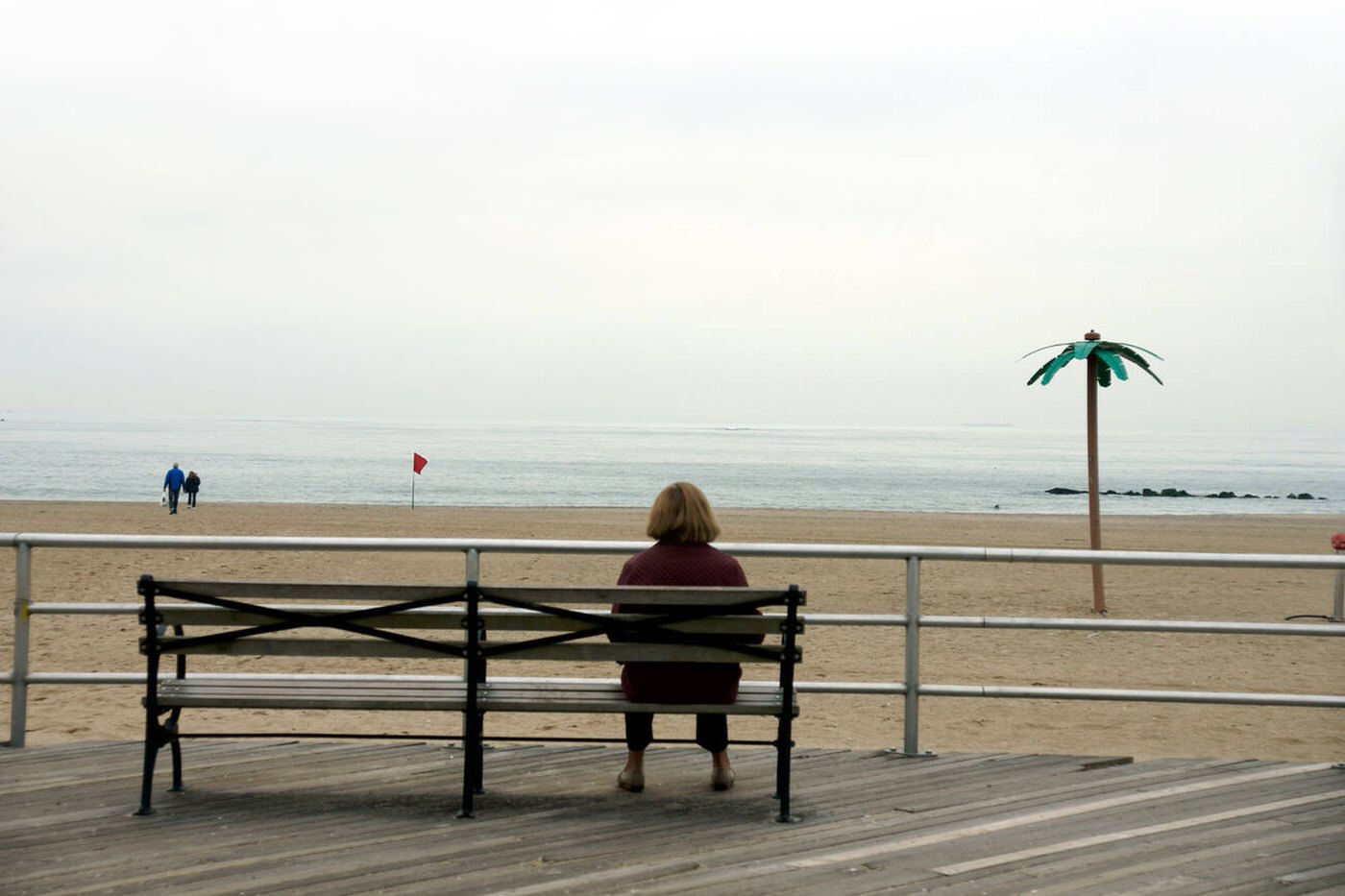
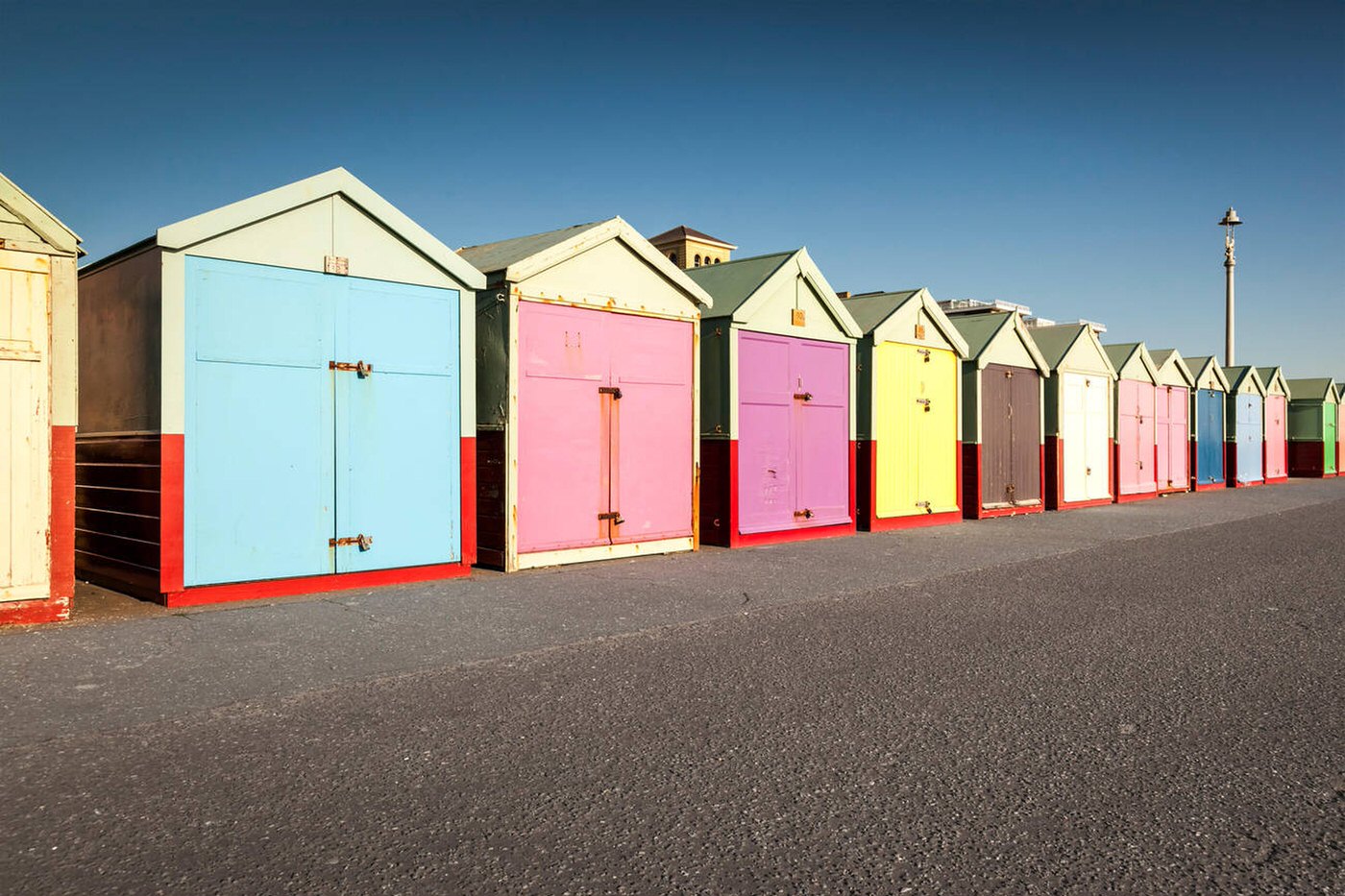
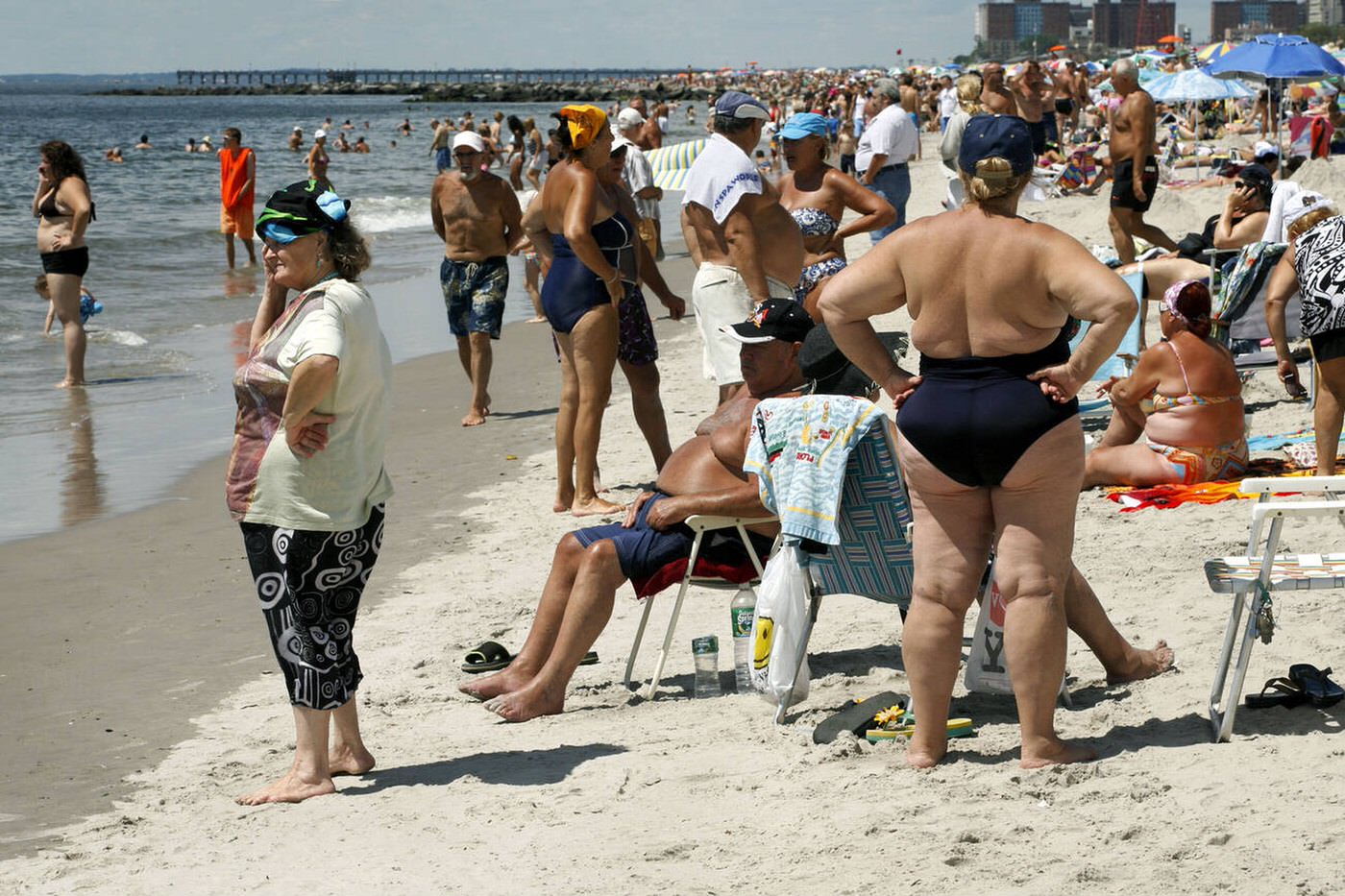
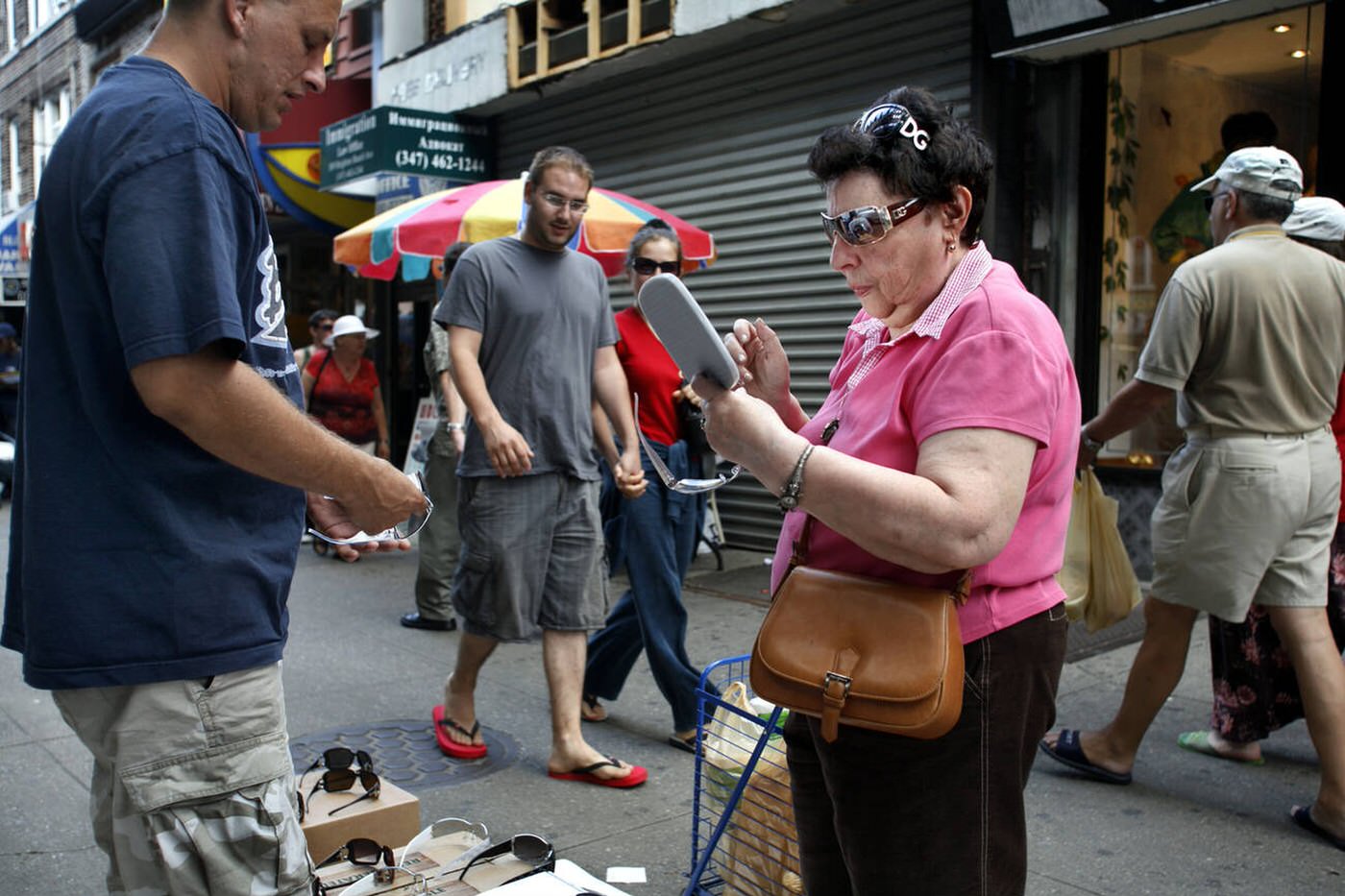
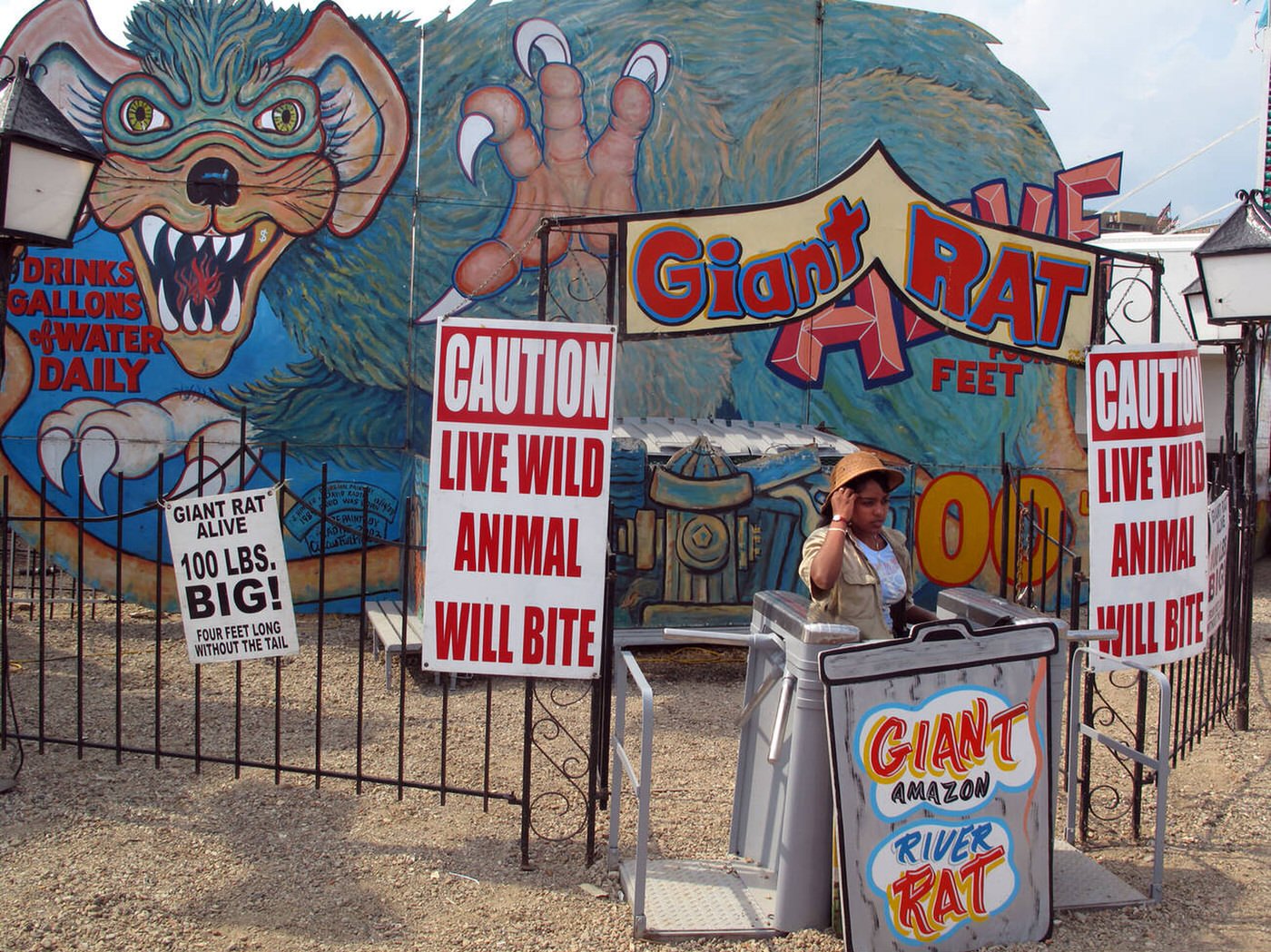
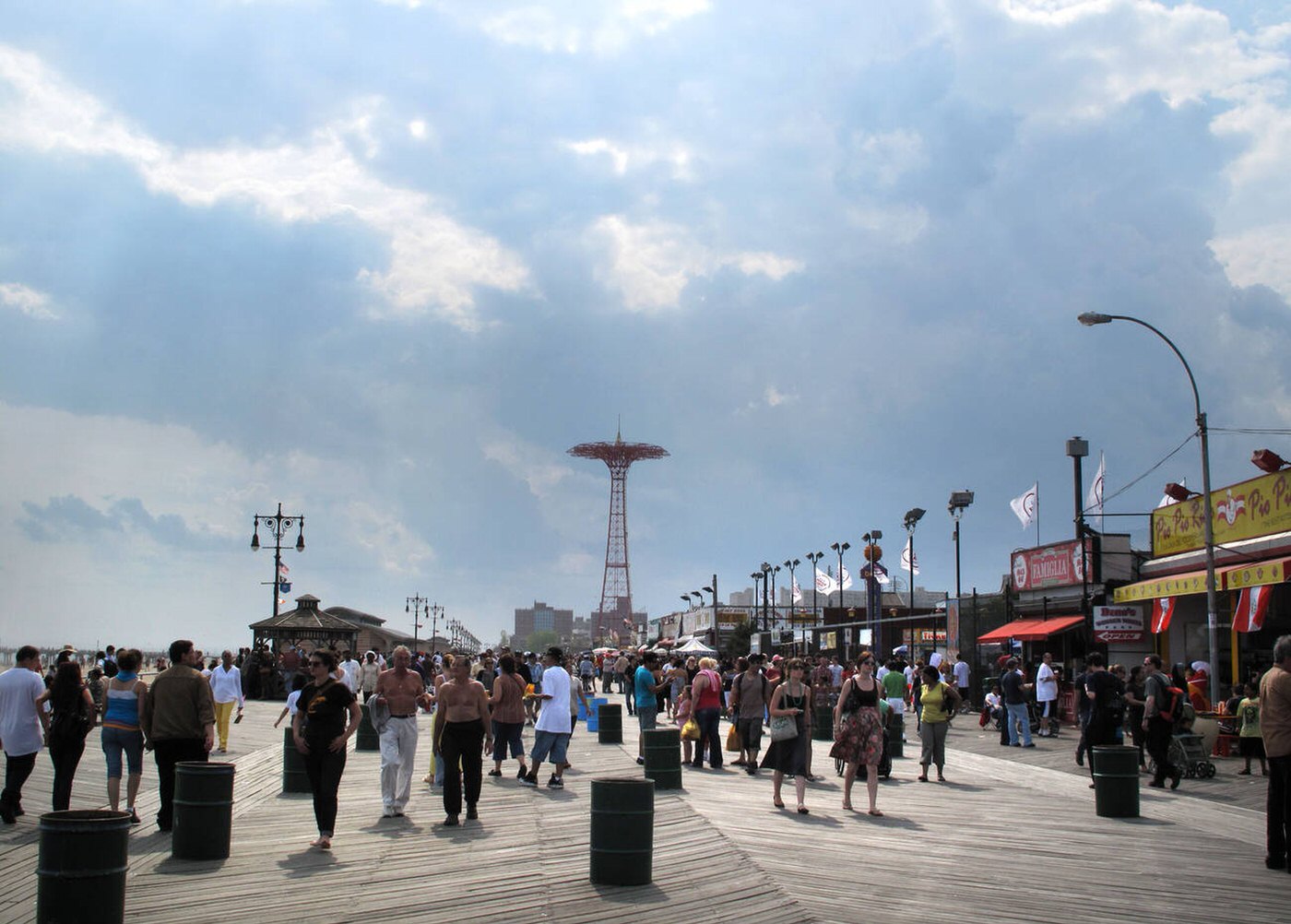
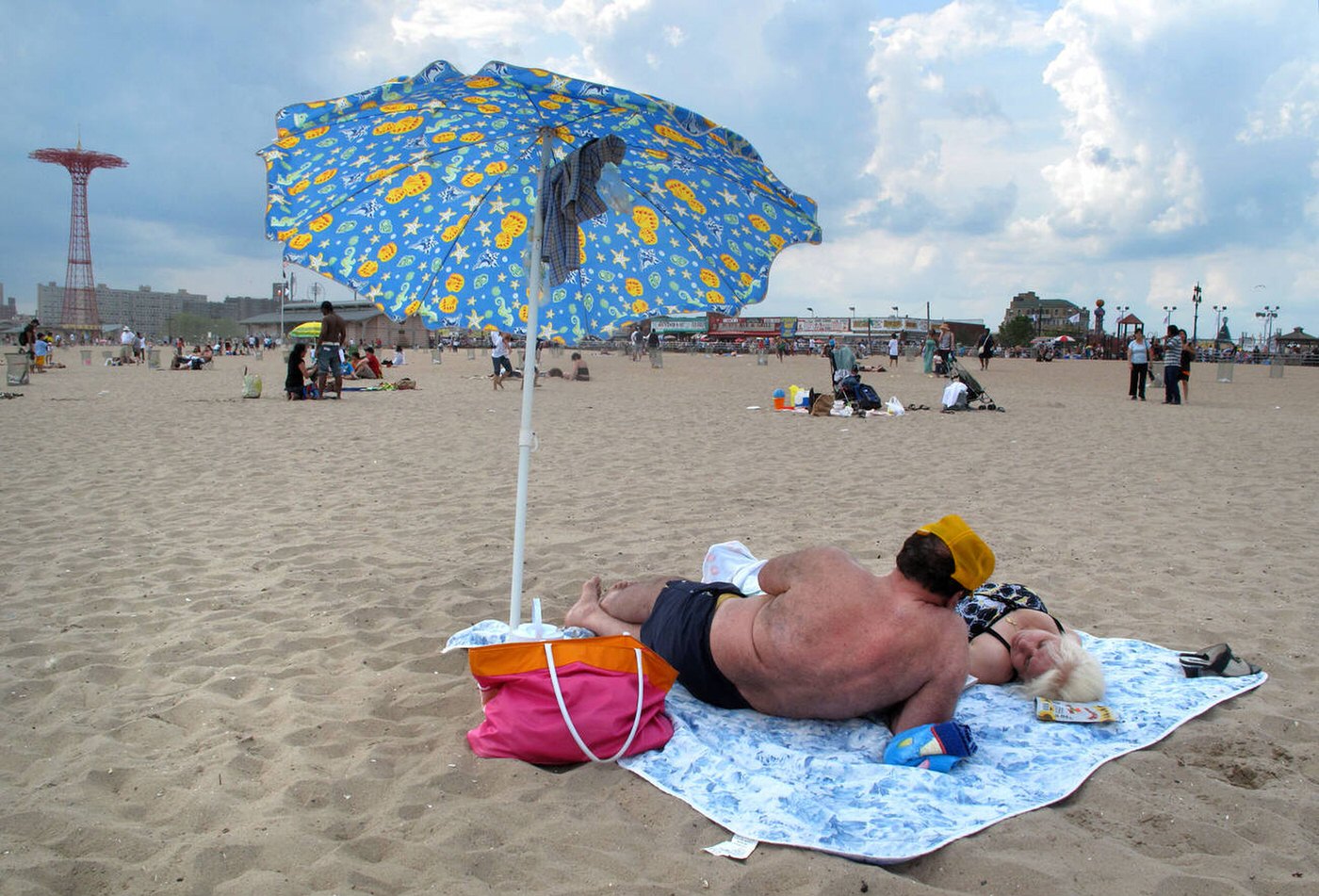
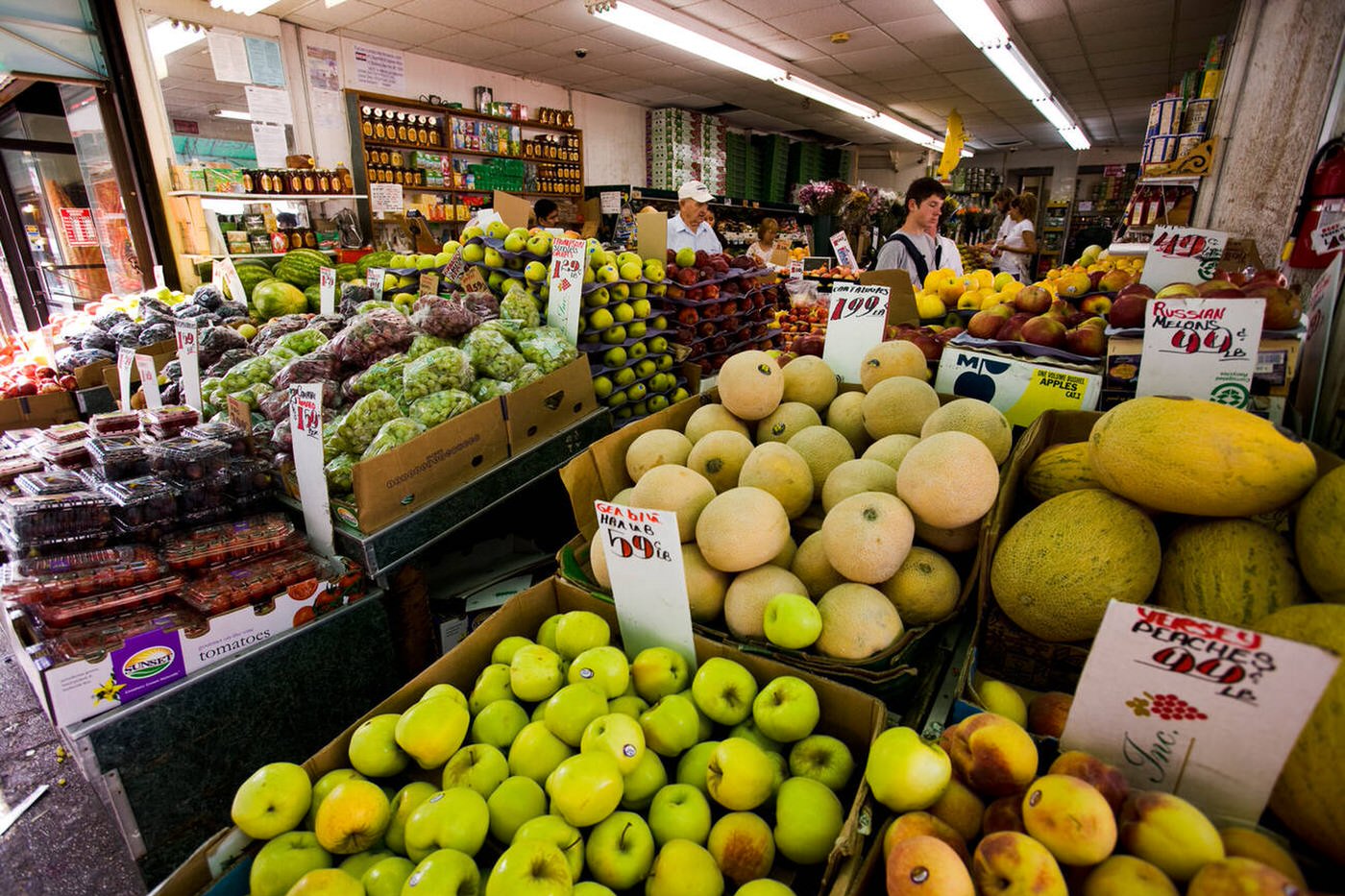

GIPHY App Key not set. Please check settings